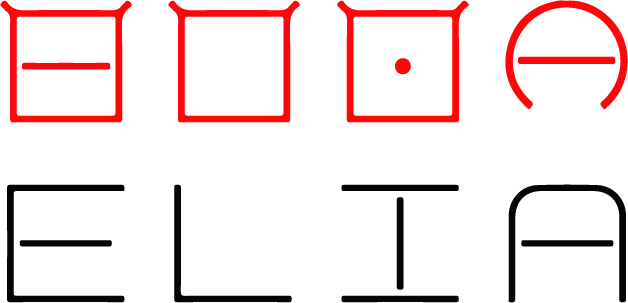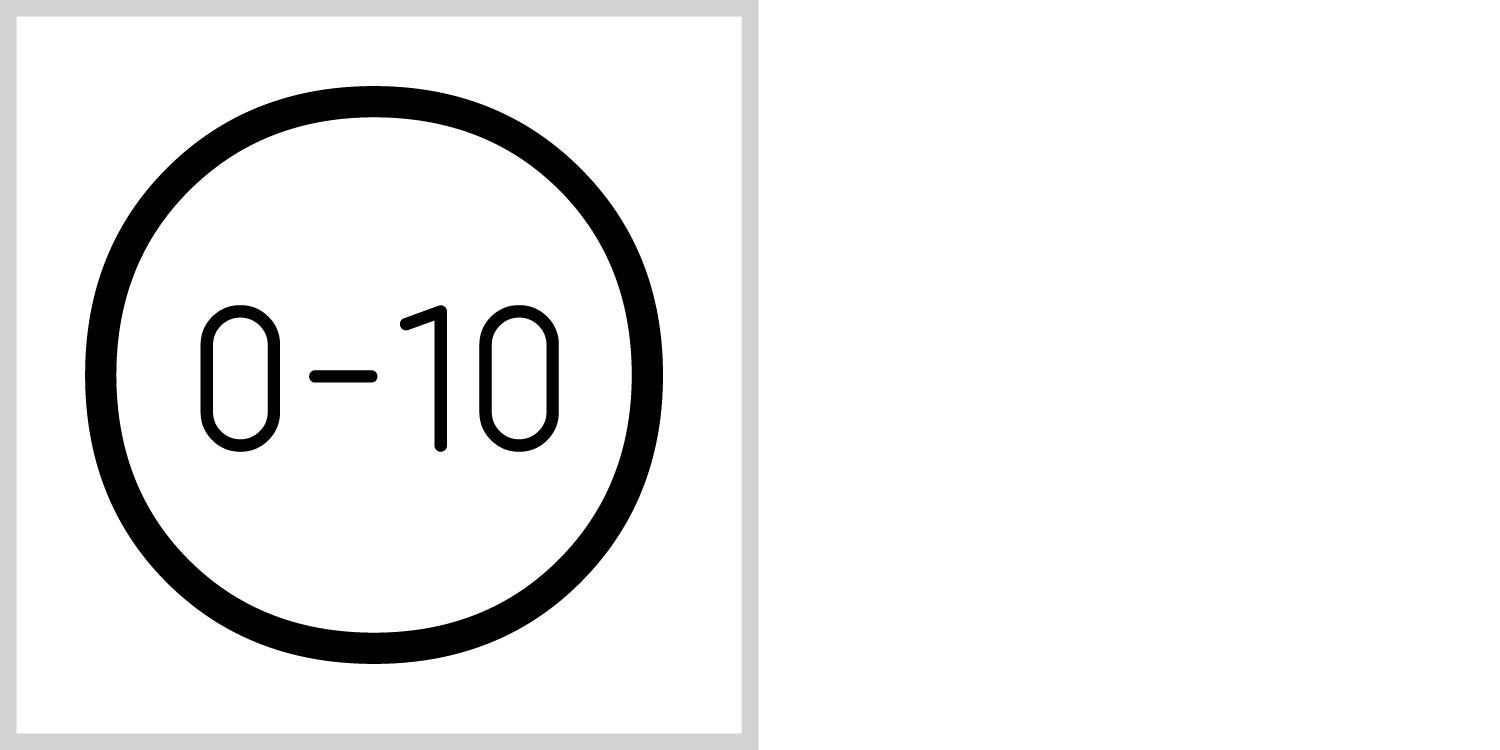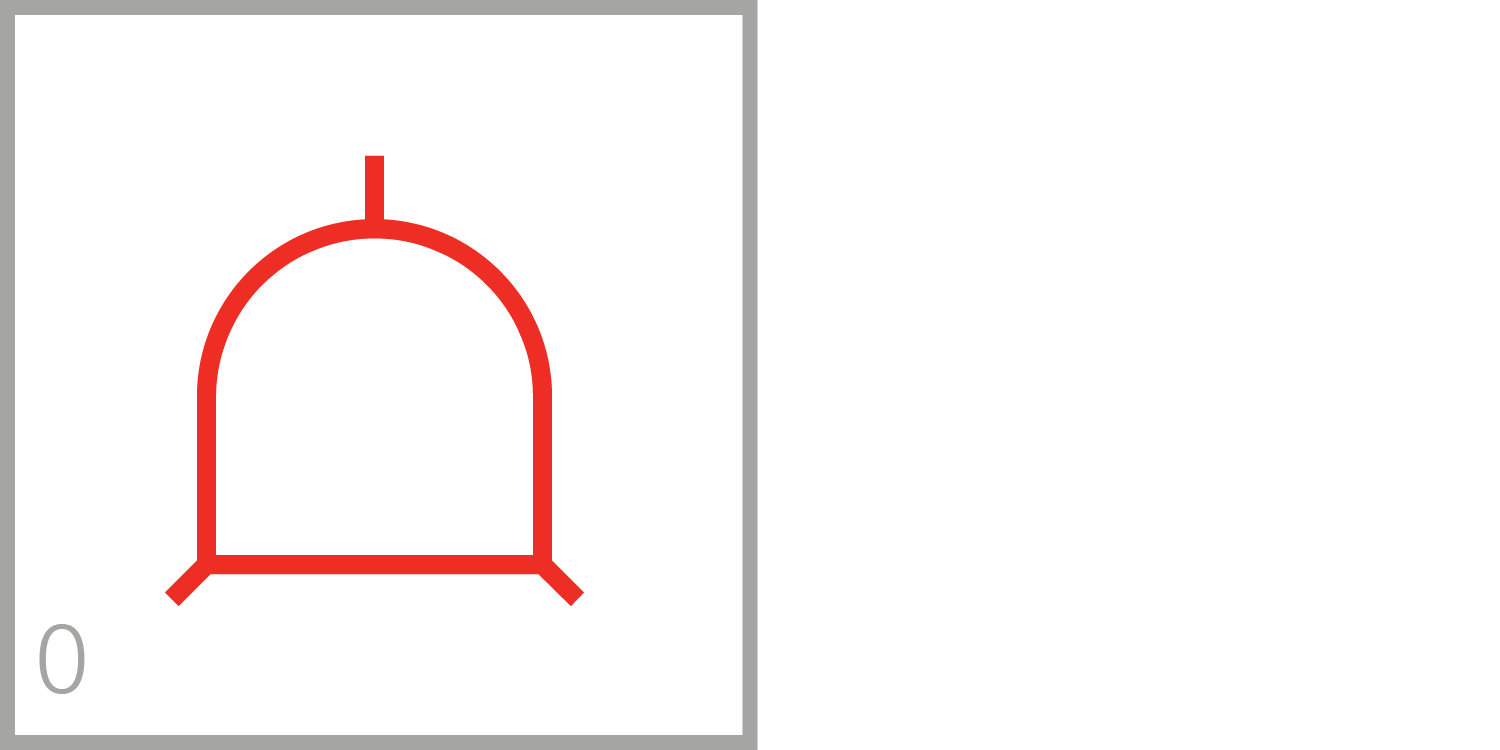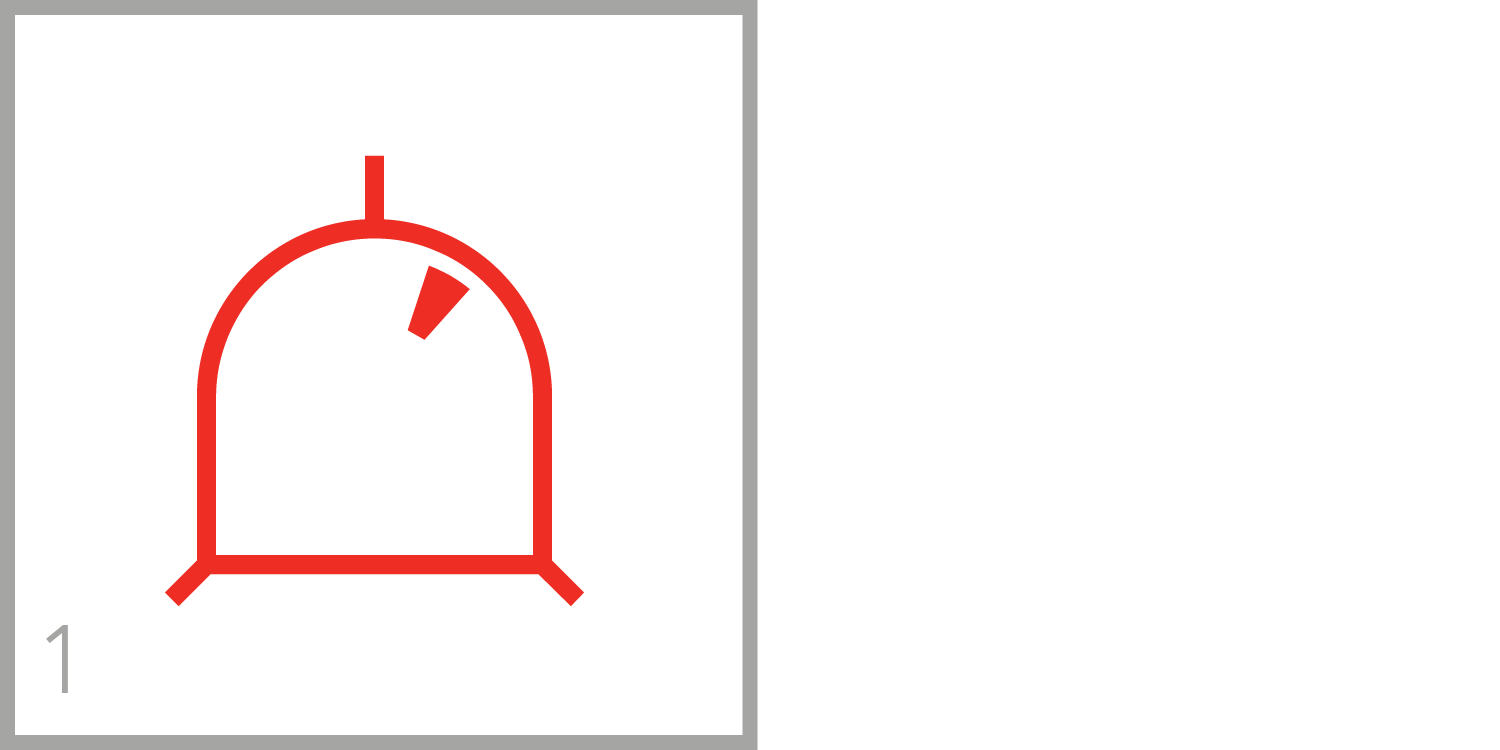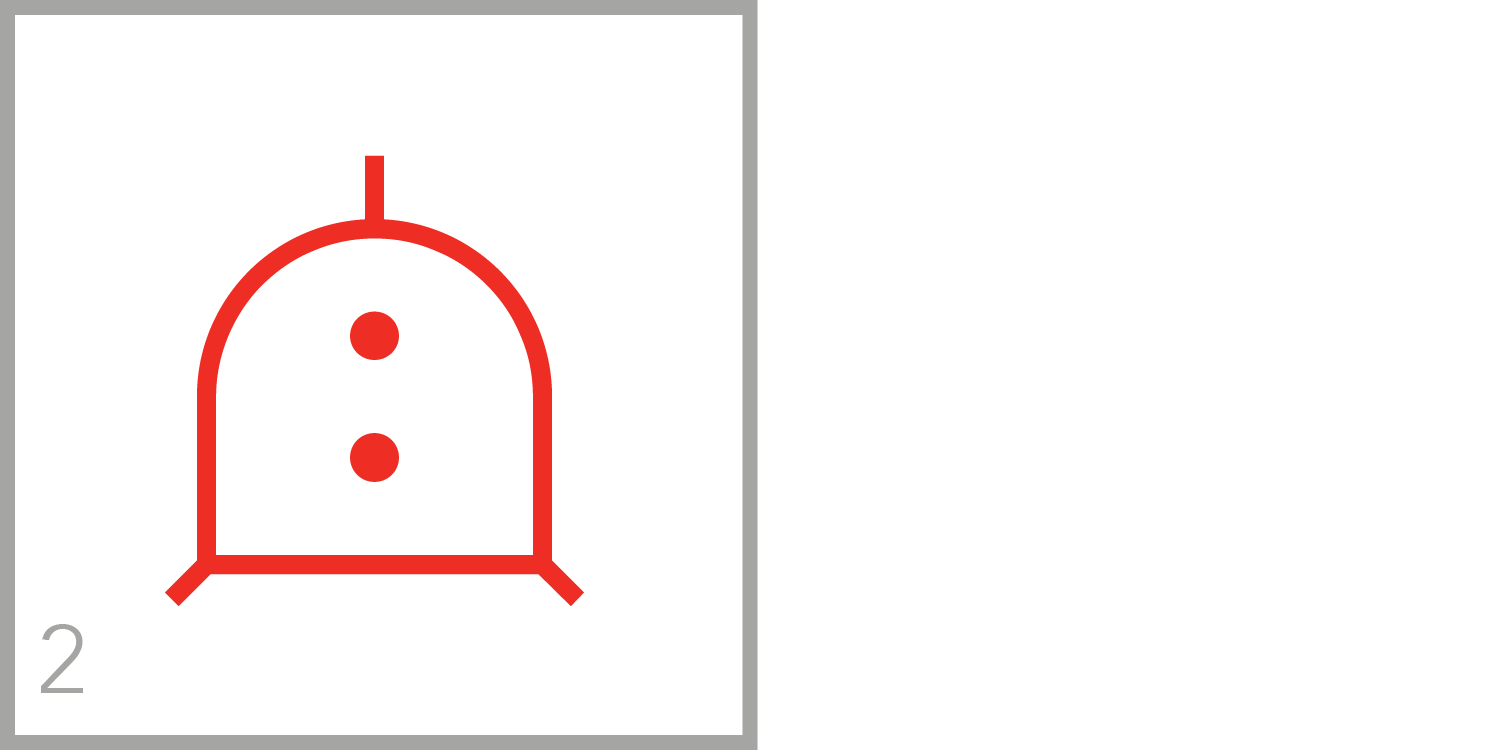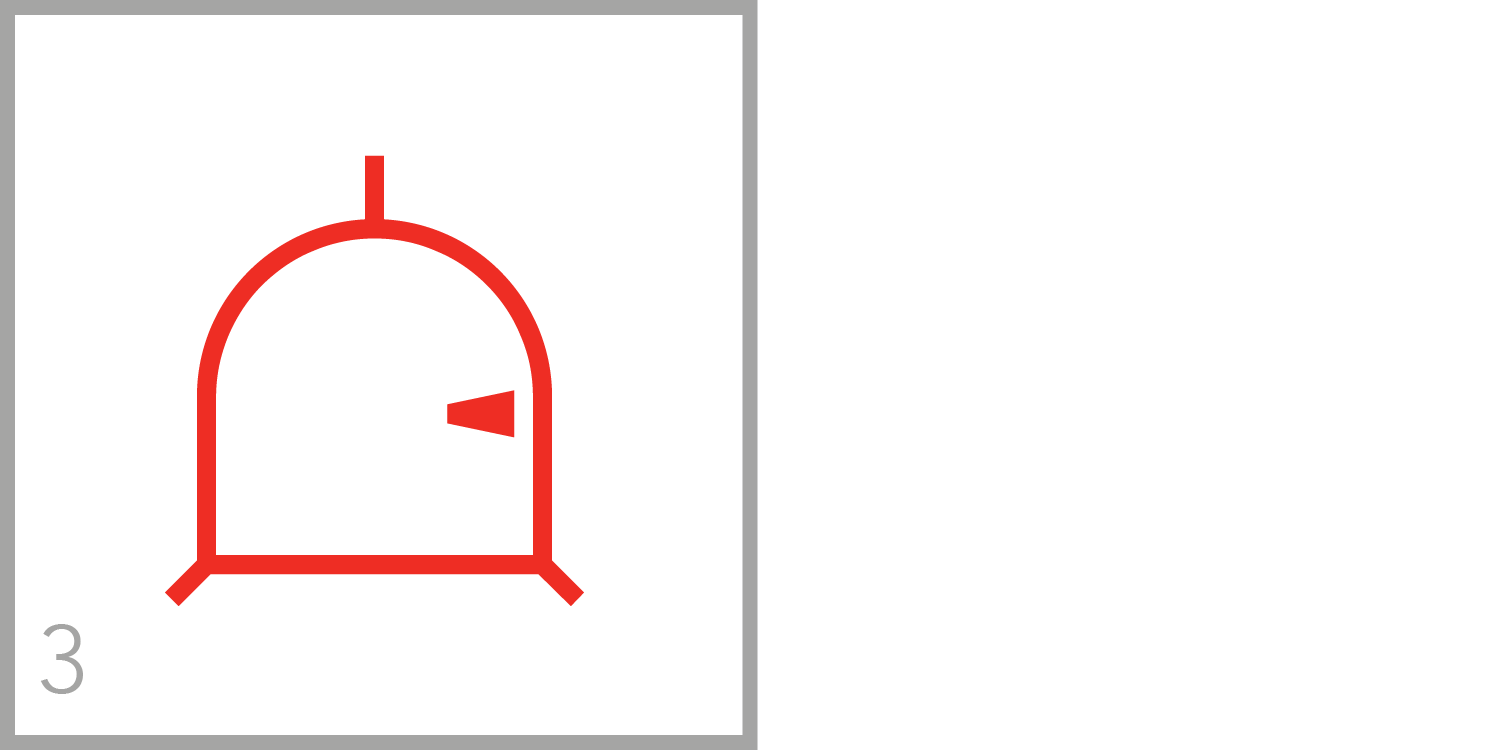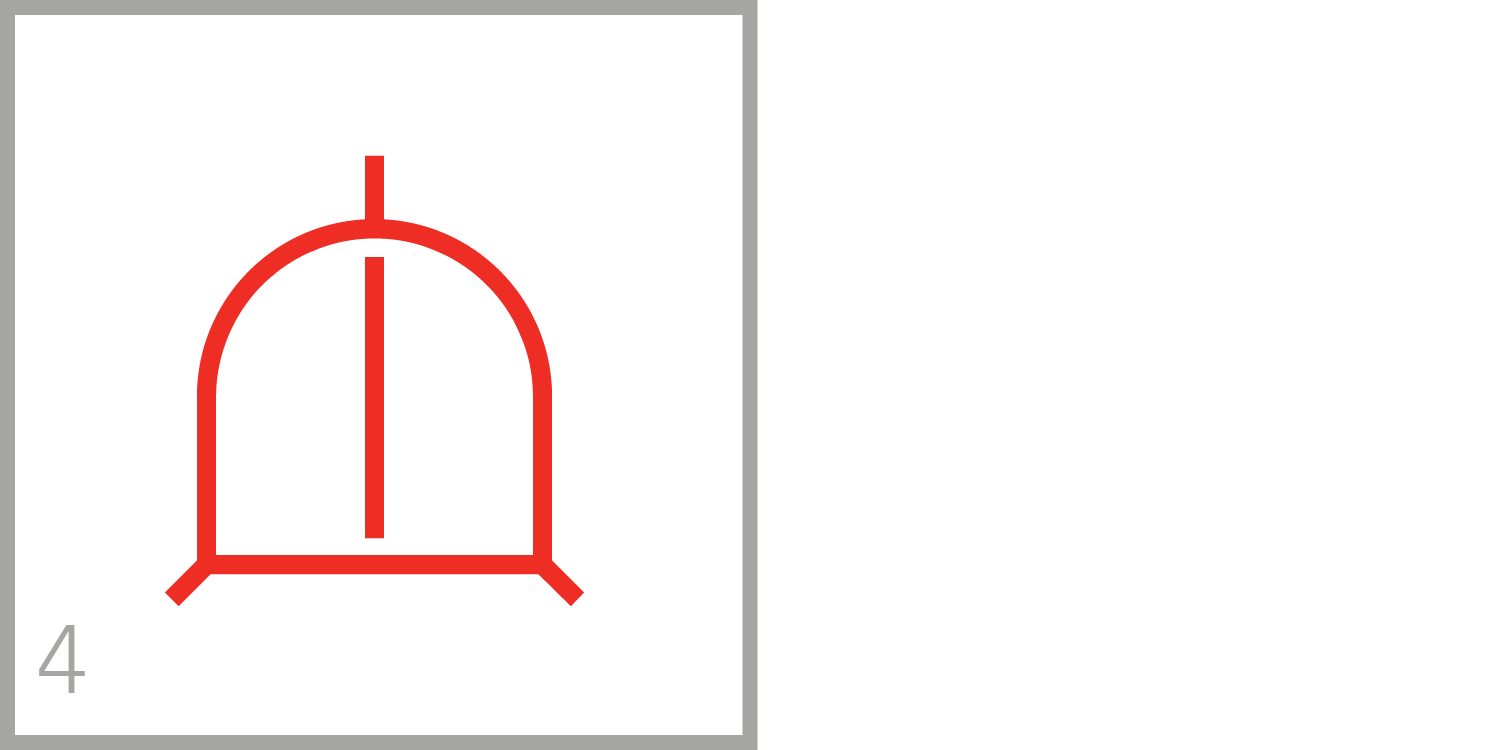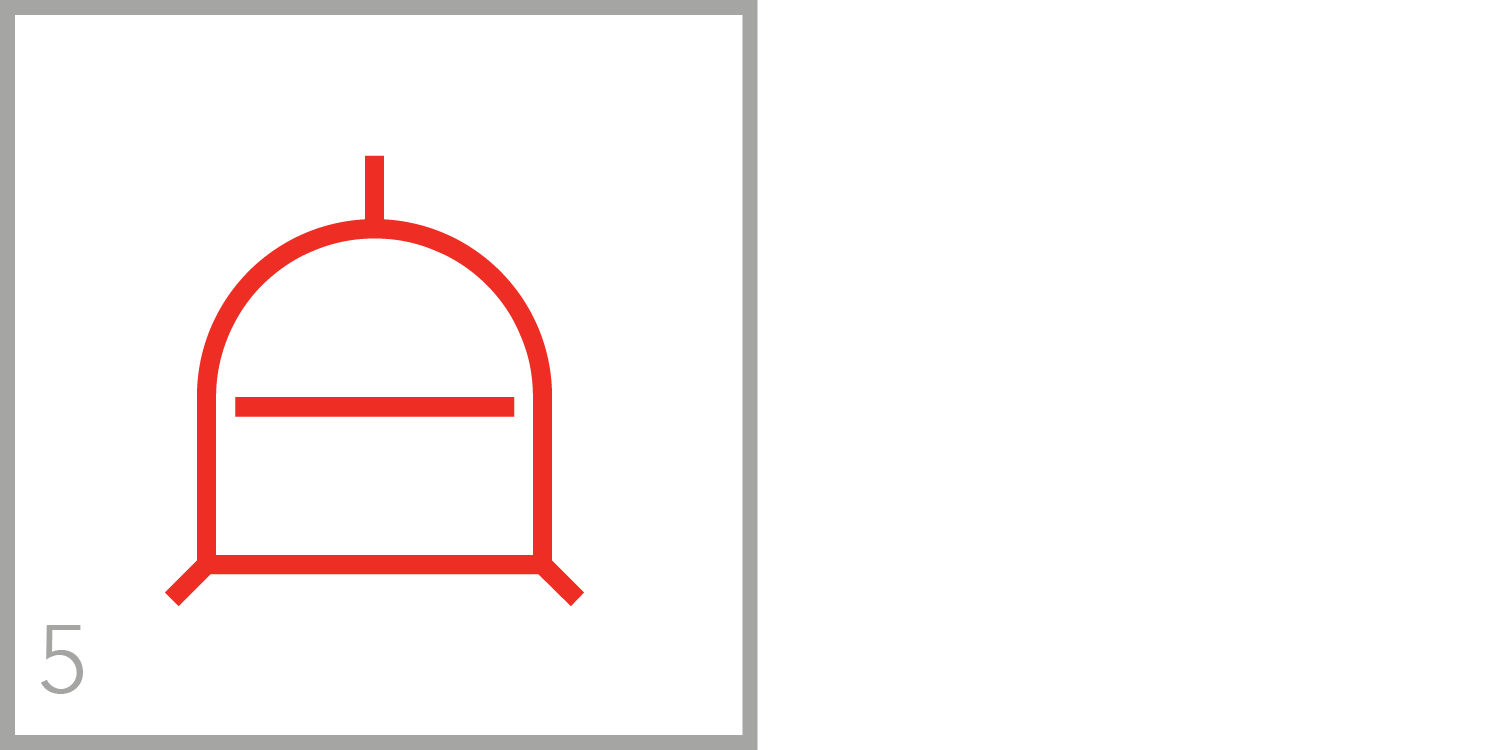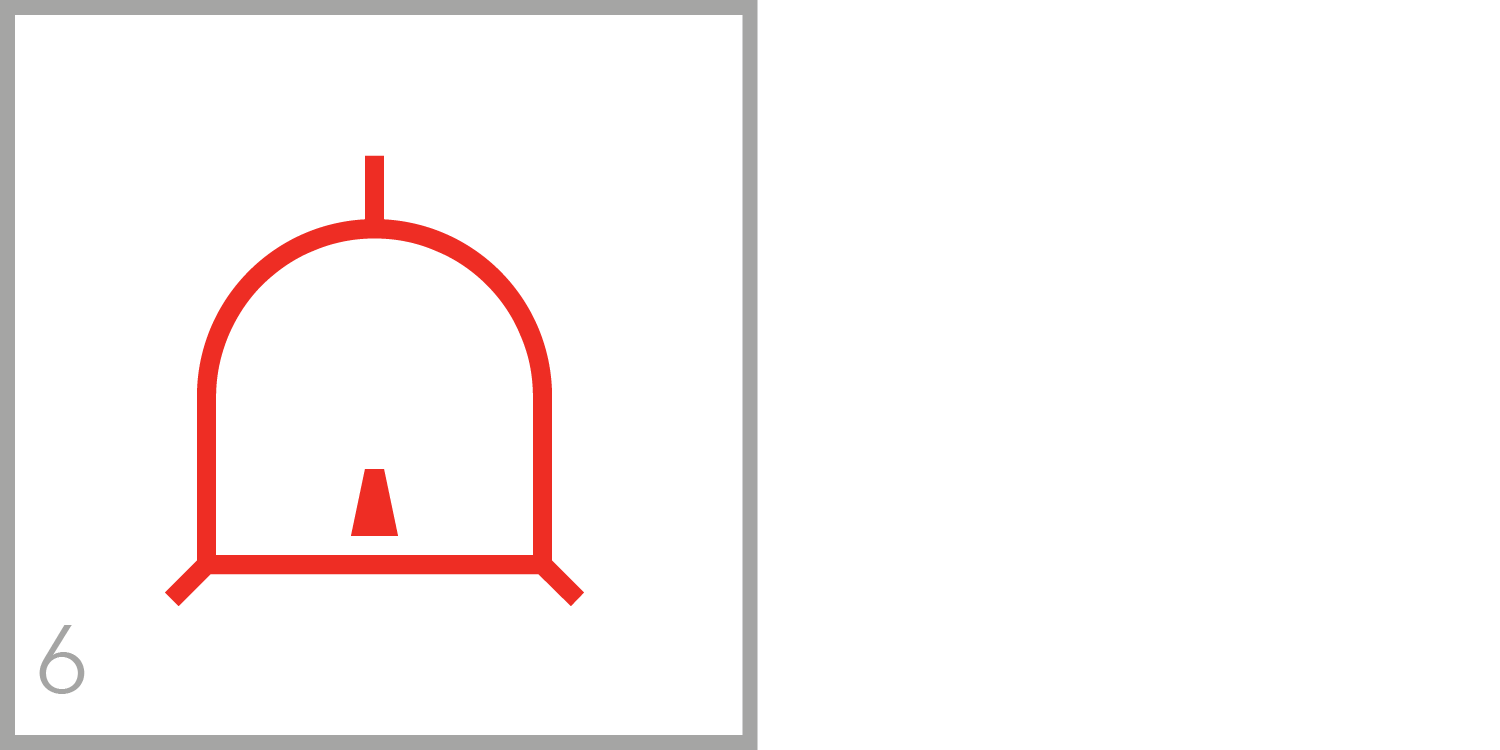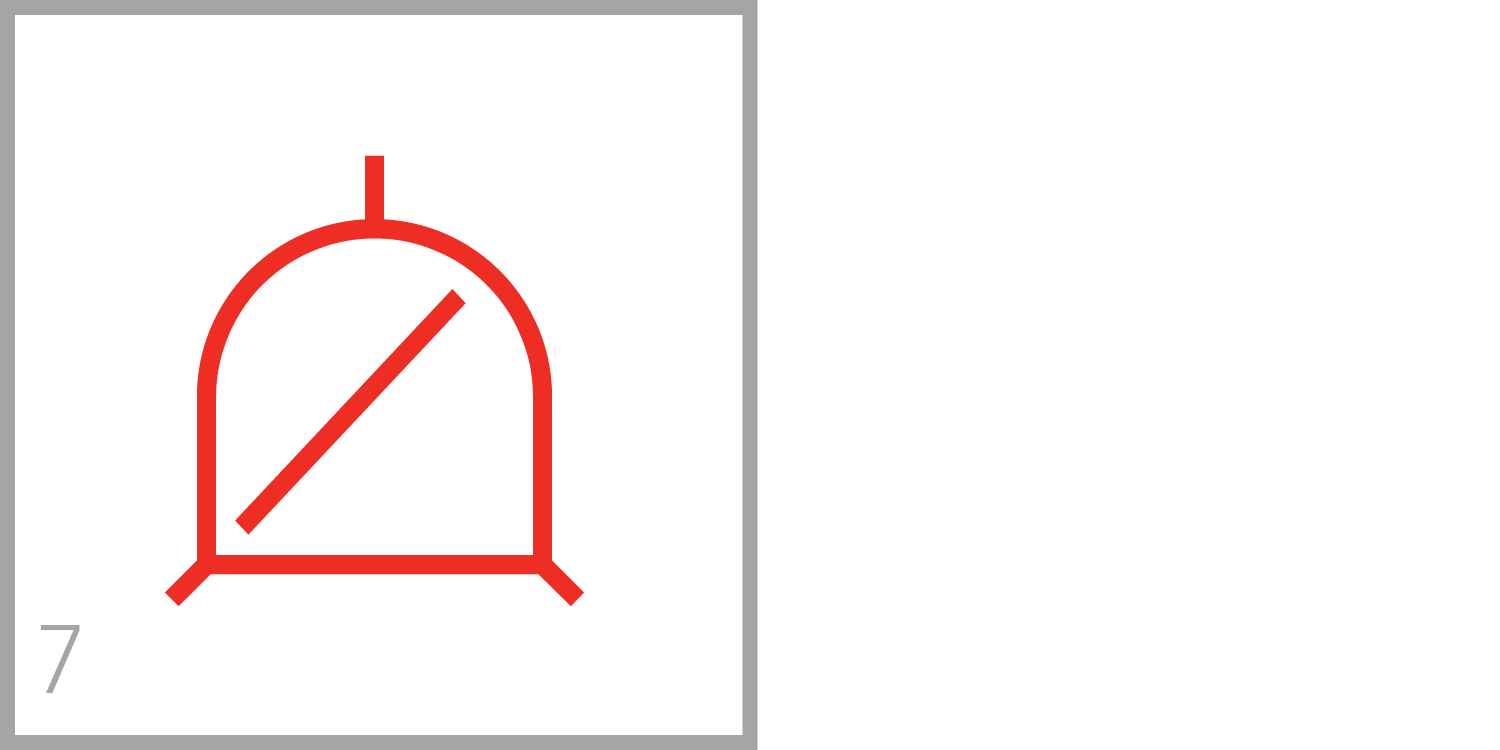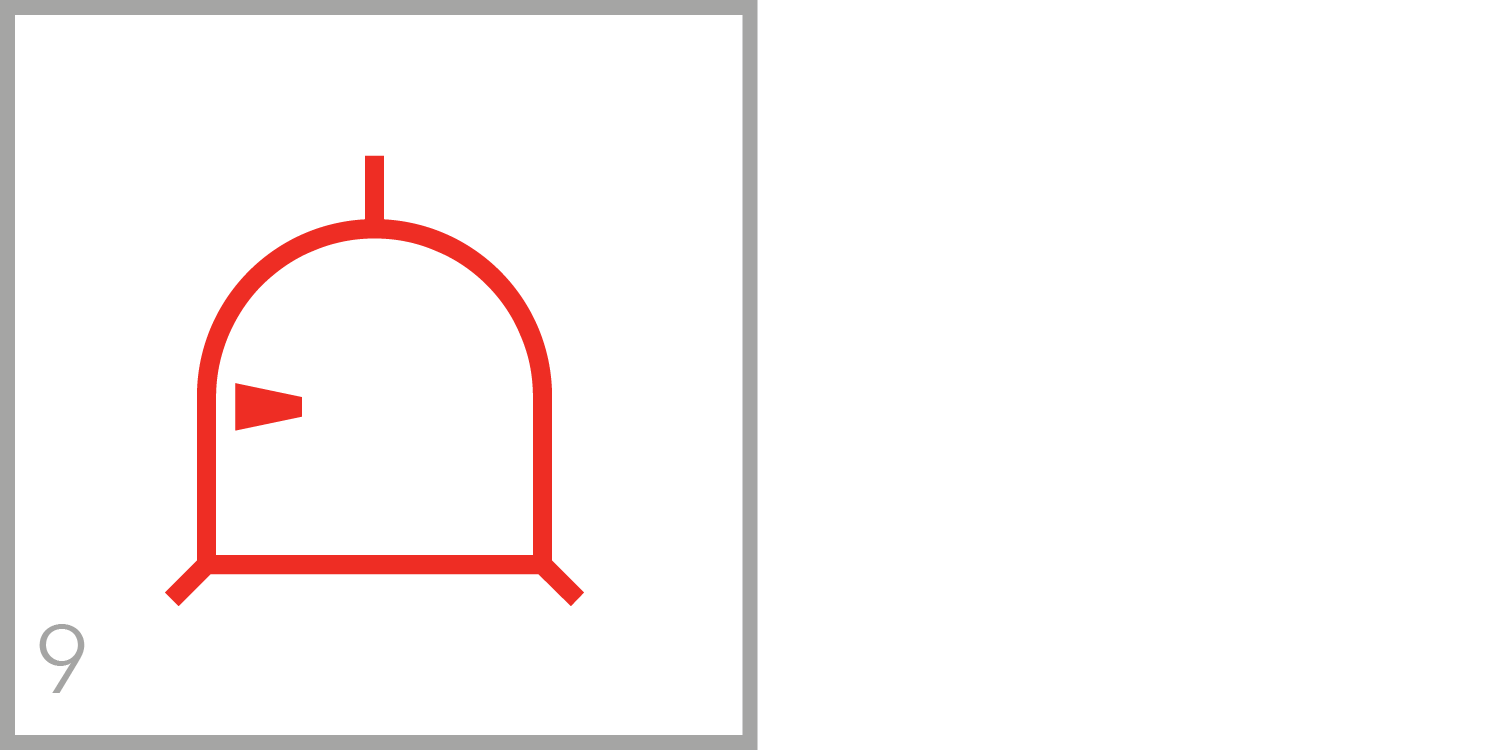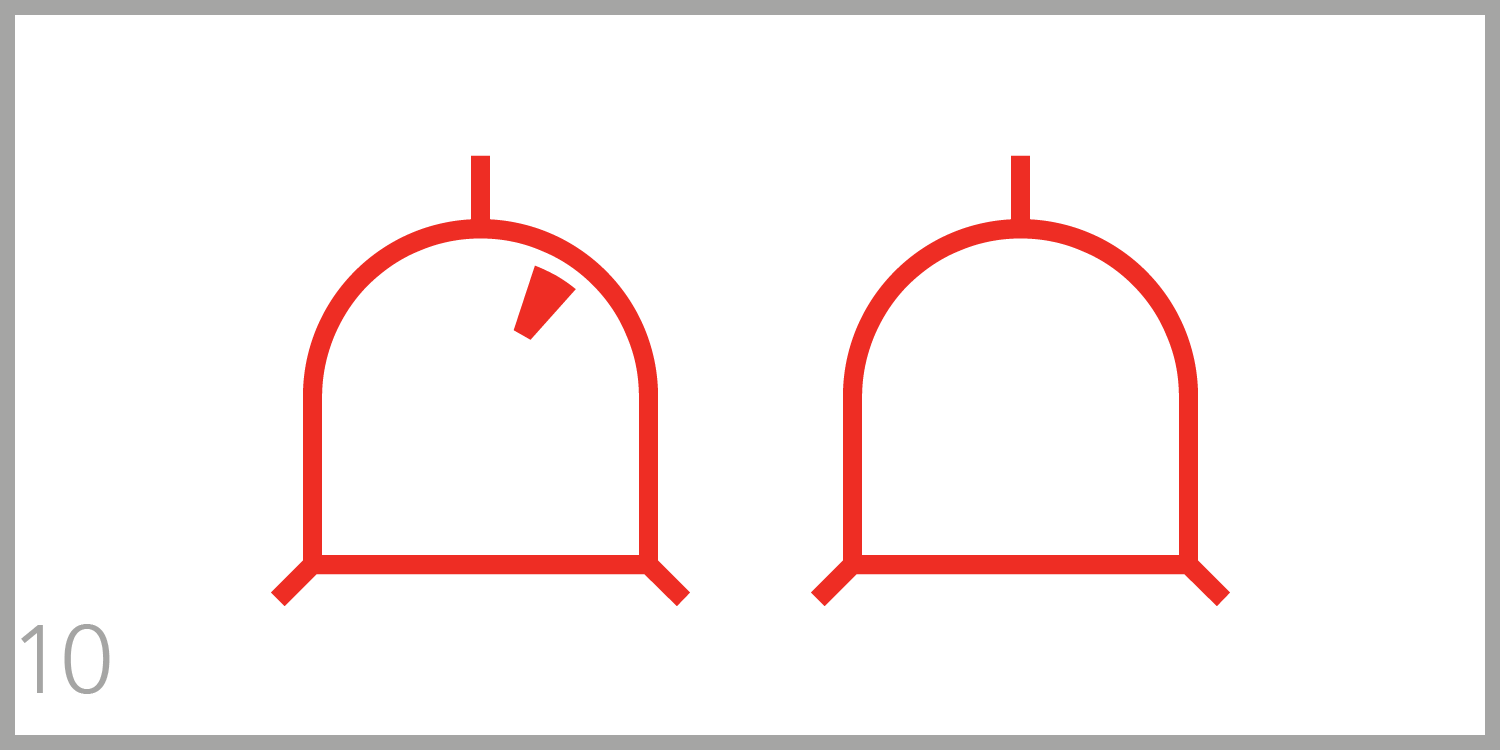What is ELIA Frames™?
“ The ELIA Frames™ reading system is designed to be understood by touch for those with a visual impairment but also visually by people who have full sight. This creates a common means of communication, allowing people to share ideas seamlessly.”
— Kieran Antill, ELIA Design Director
ELIA Frames™ is the world’s most intuitive tactile reading system. It is designed to be understood by touch for those with a visual impairment, and by sight for those without.
ELIA Frames™ leverages modern tactile printing technology and design principles to optimize each letter’s design and create easily identifiable characters. Each letter features an outer frame and interior elements that suggest the main characteristics of each standard alphabet letter.
We based ELIA Frames™ on the standard (Roman) alphabet because roughly 70% of the world’s population uses it to read and write (1). This means about 200 million people with a visual impairment could benefit from ELIA Frames™ in its current design (2). The other 85 million could benefit from the font if customized to their standard scripts.
Alphabet Explanation
A slideshow of each letter and a description of its design.
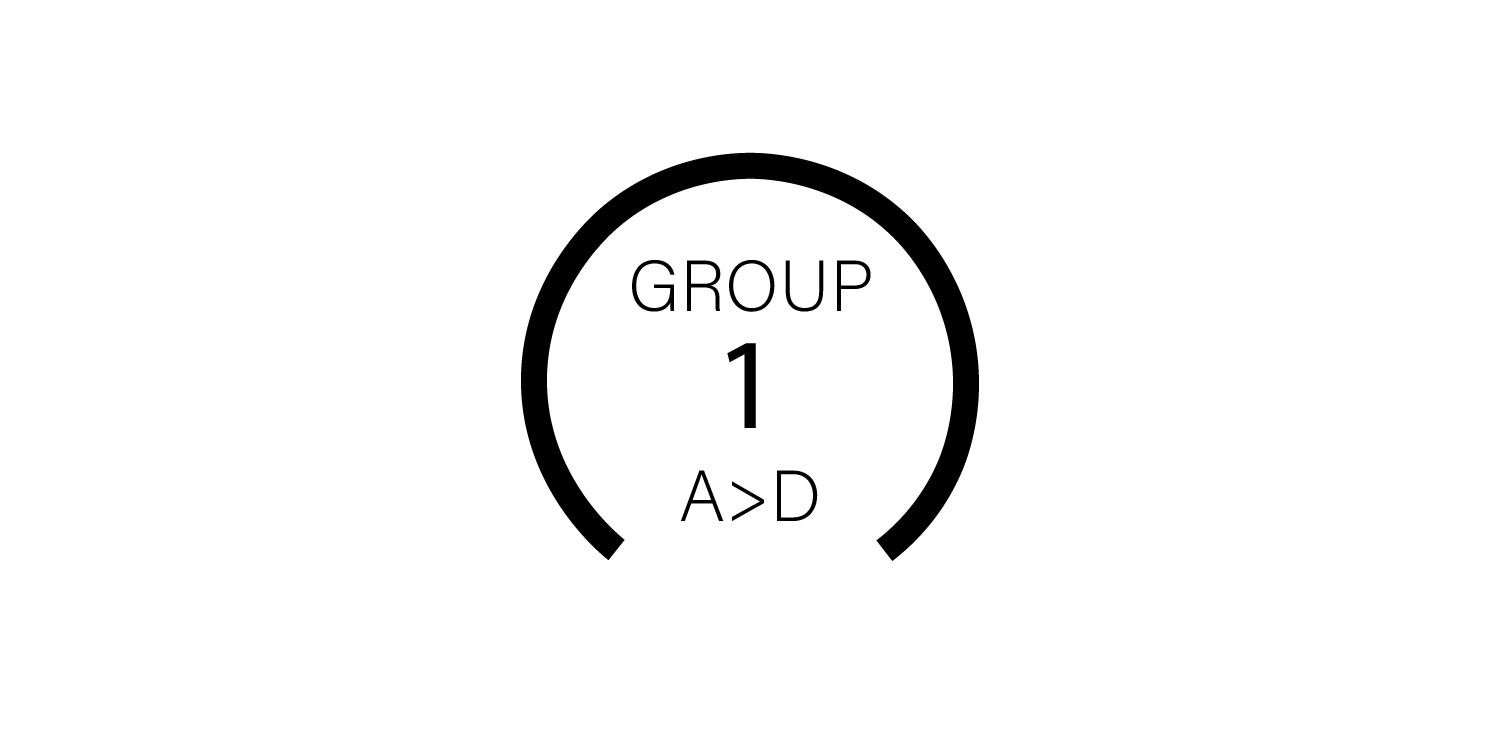
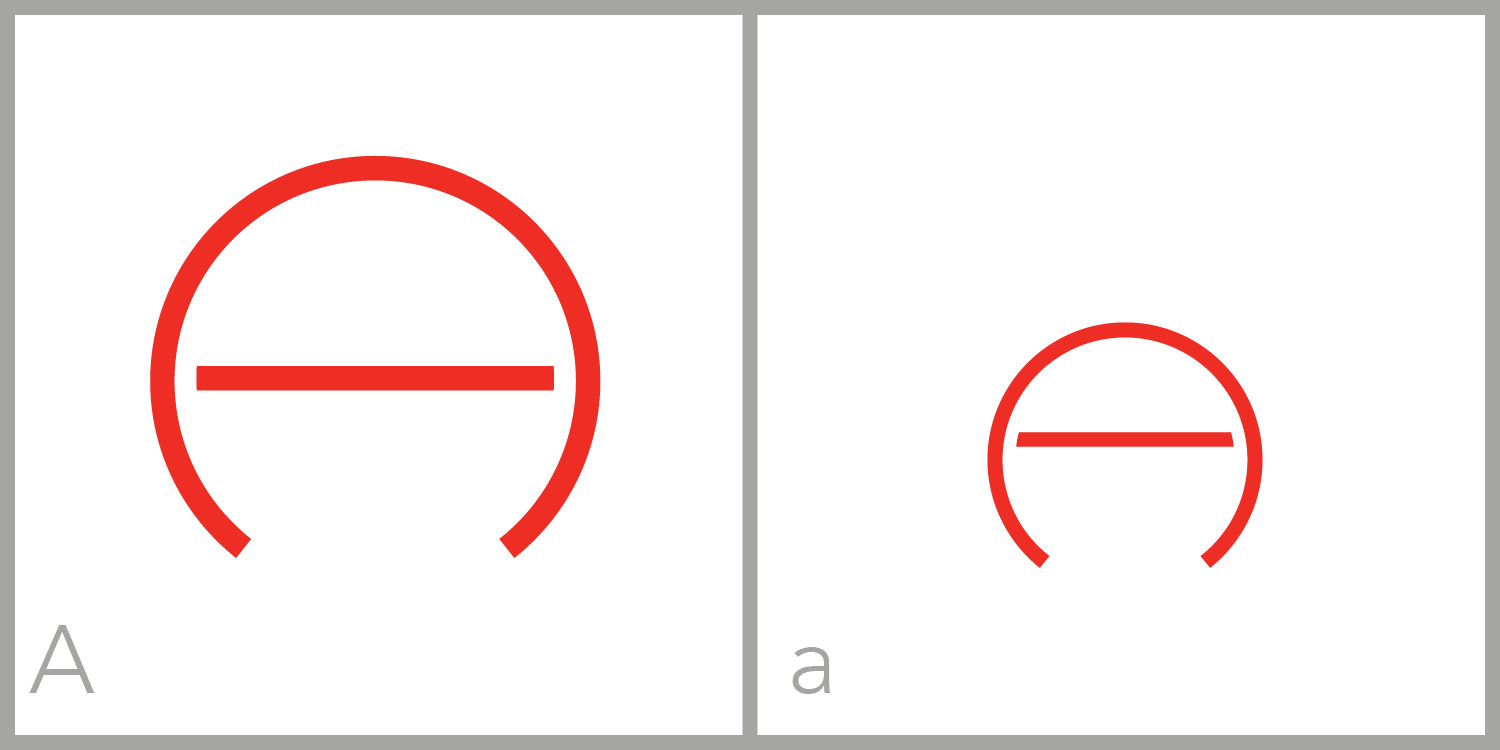
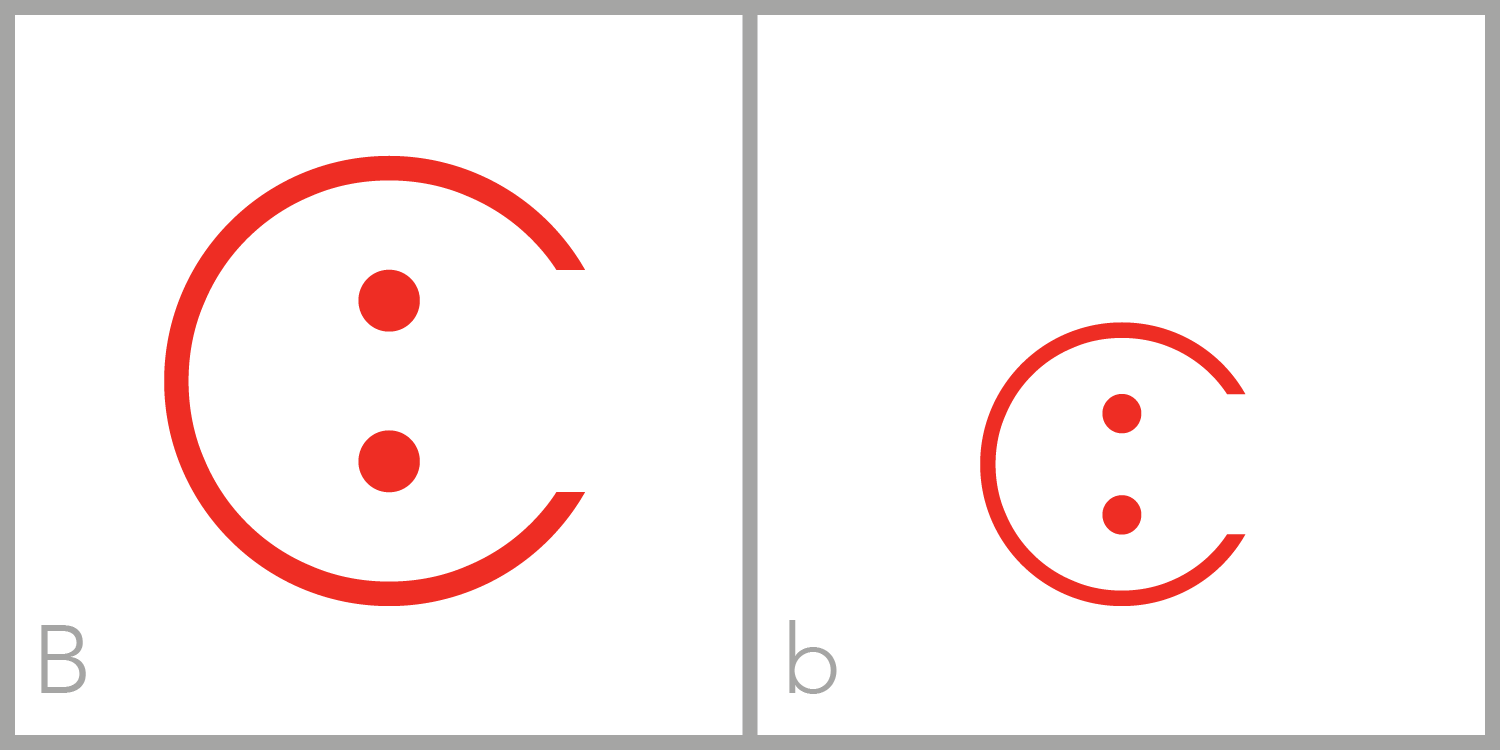
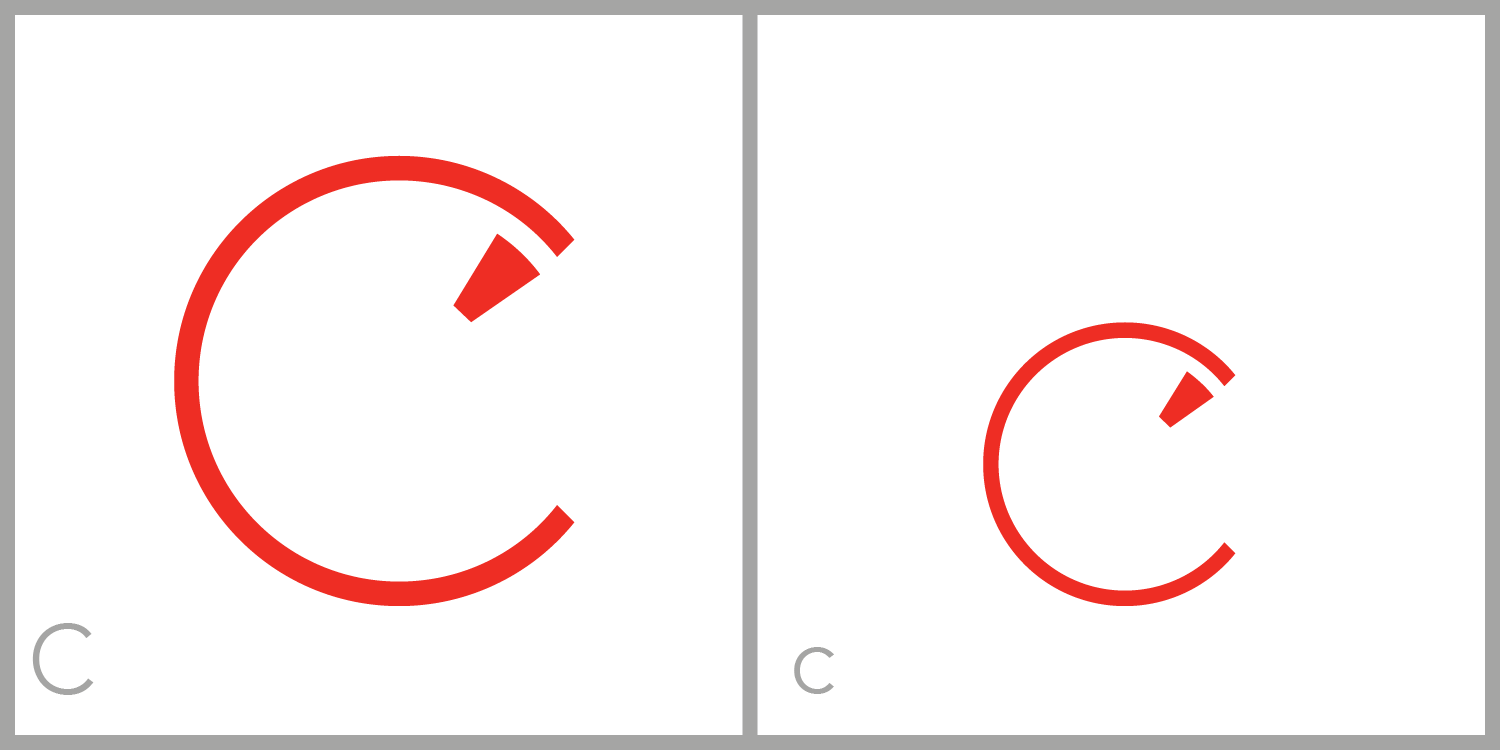
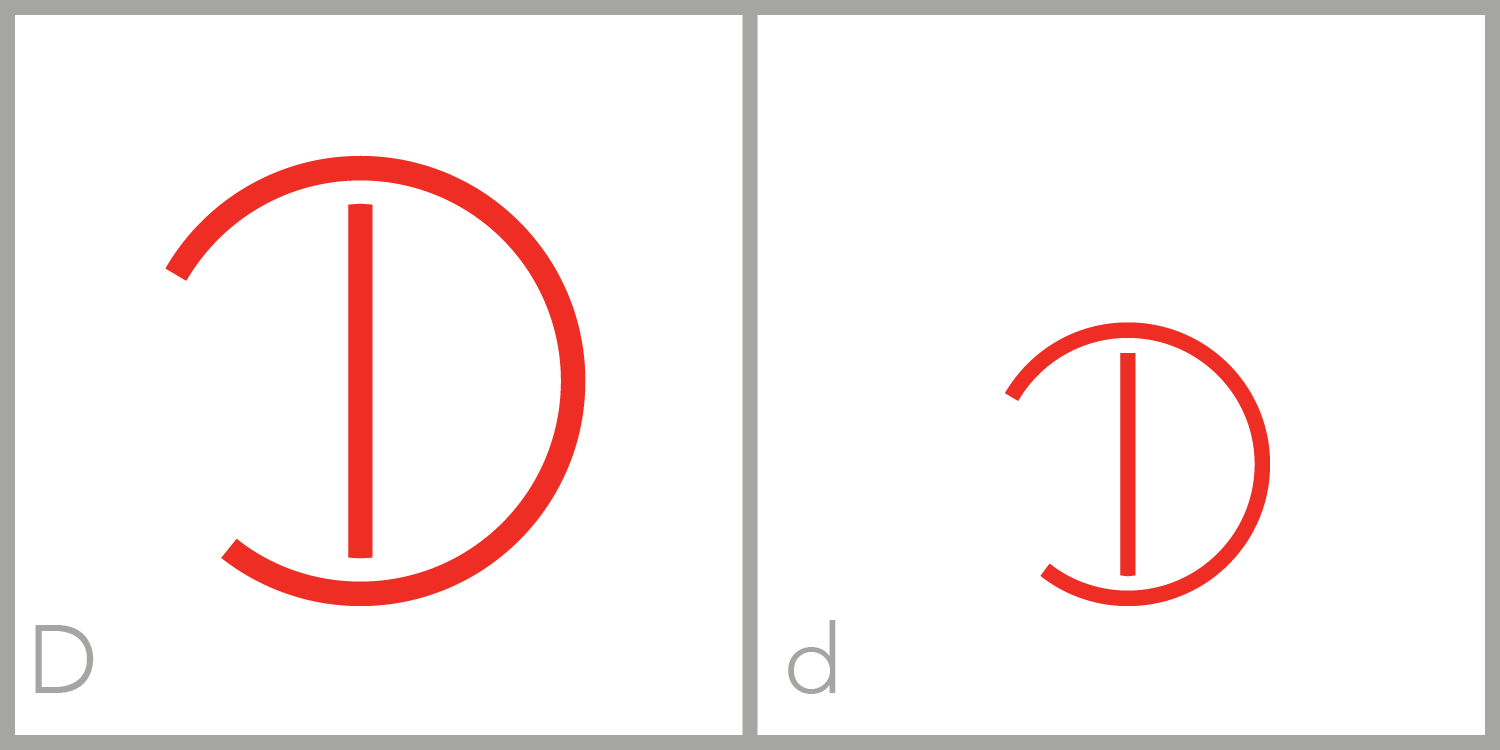

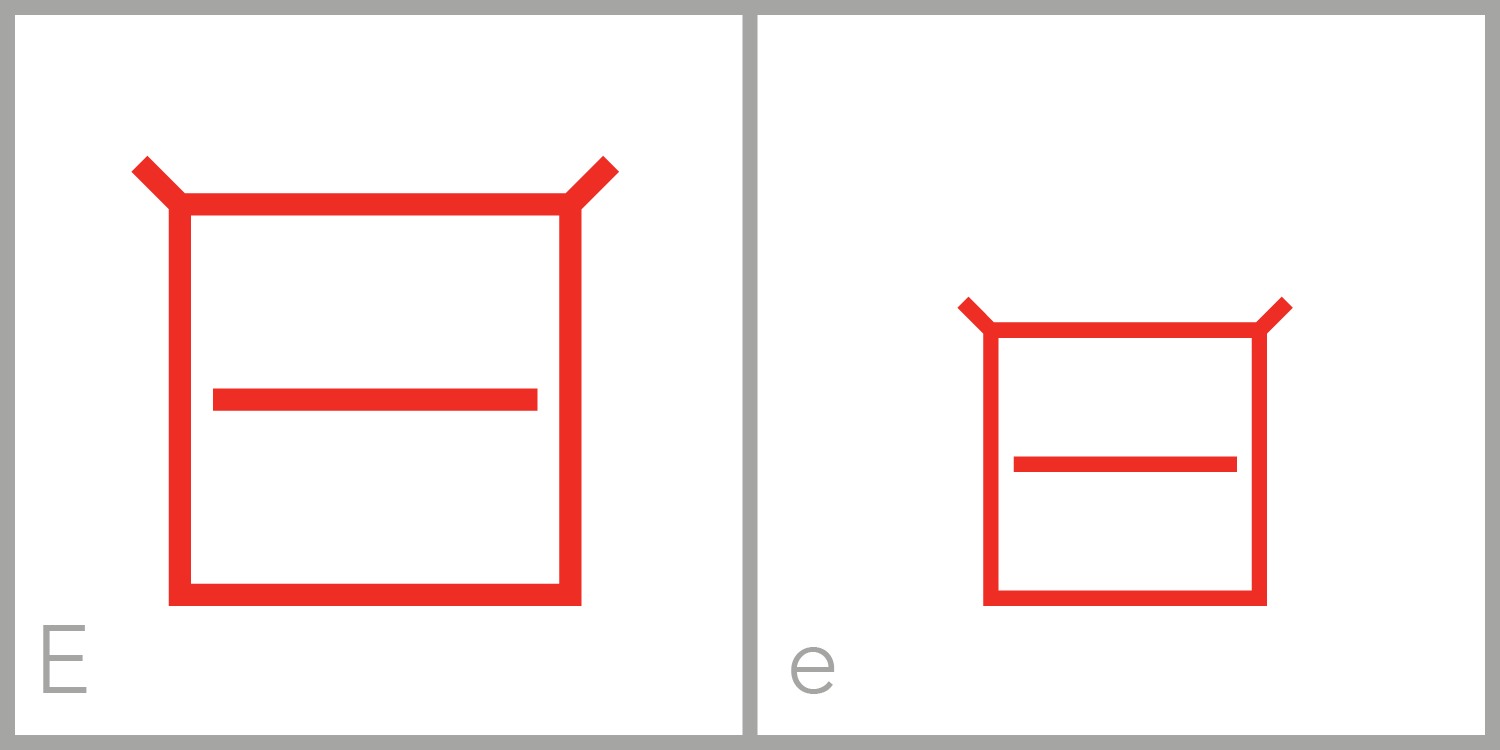
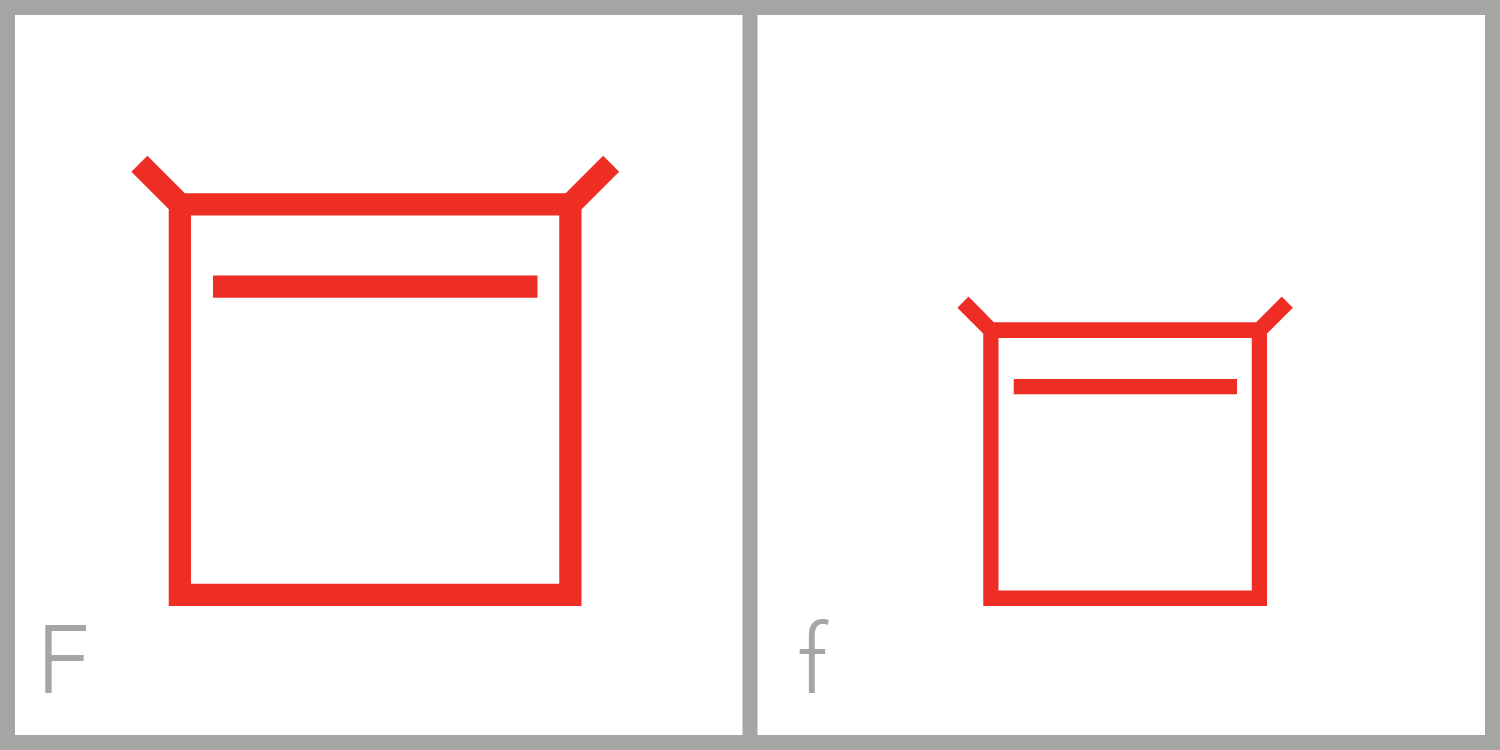
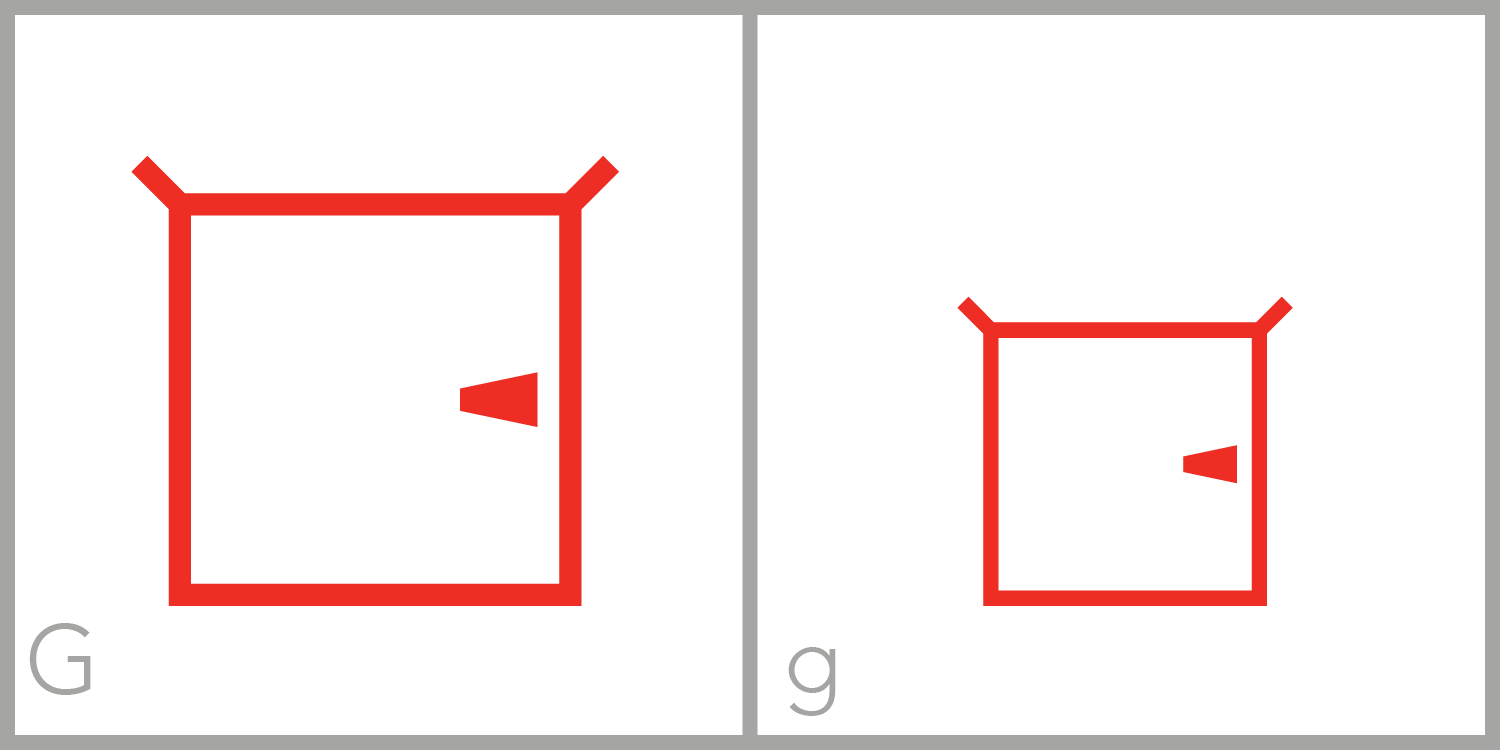
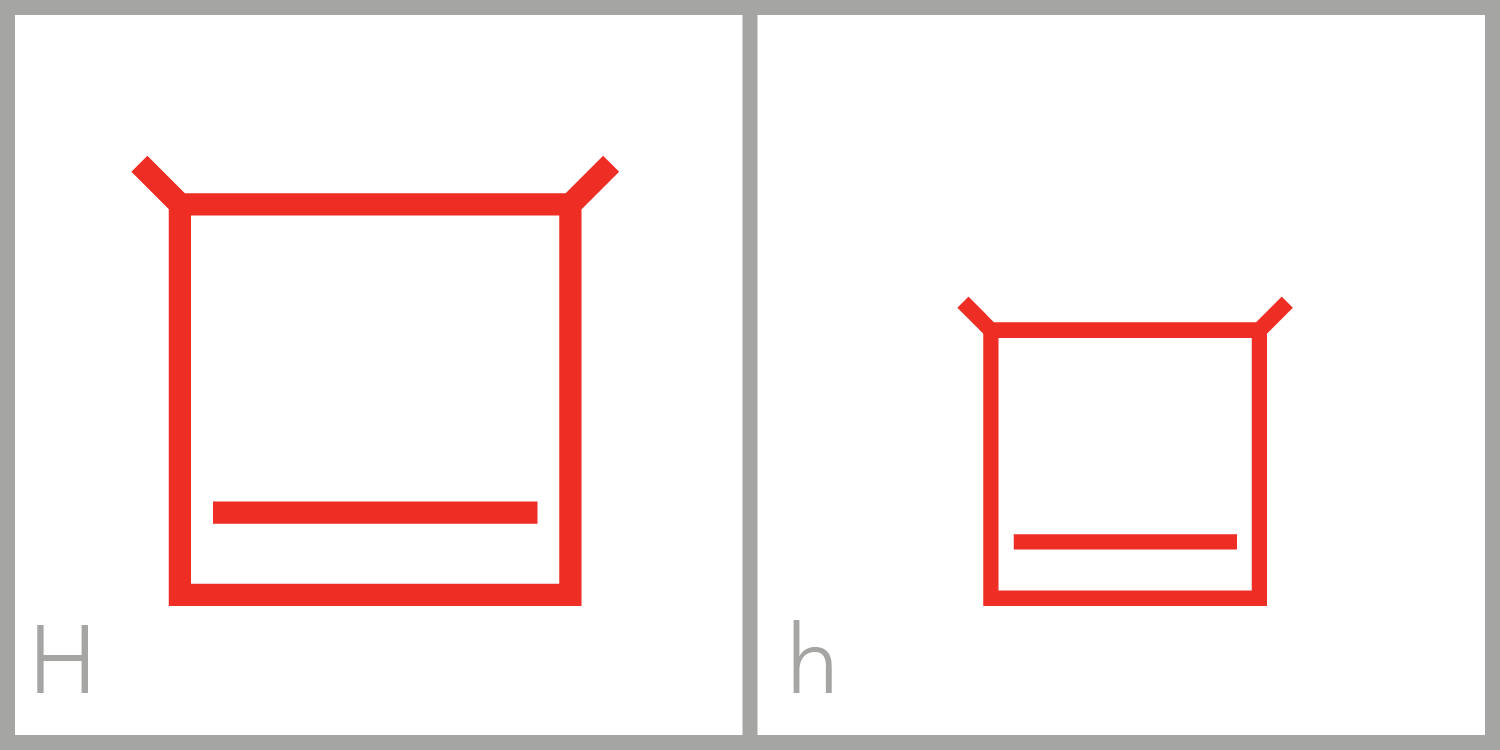
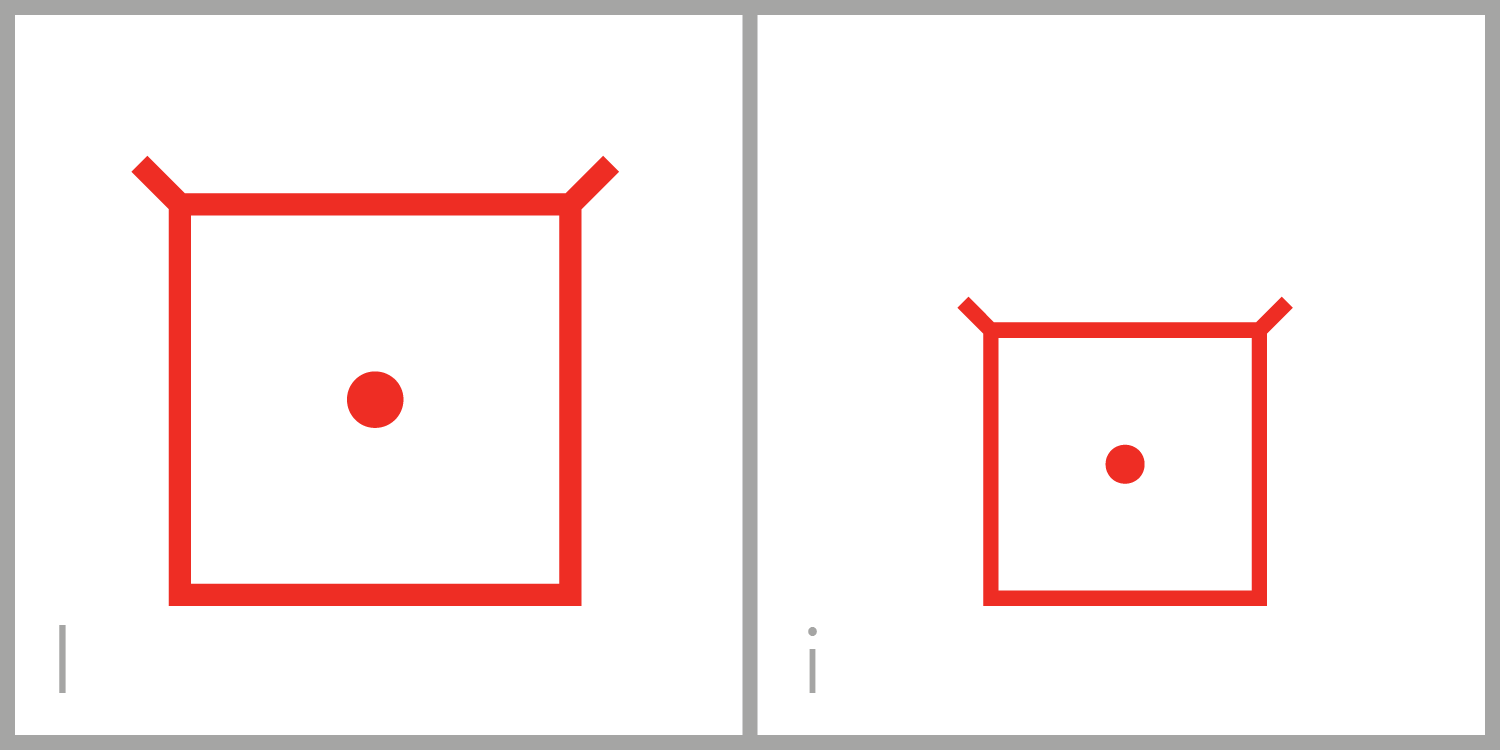

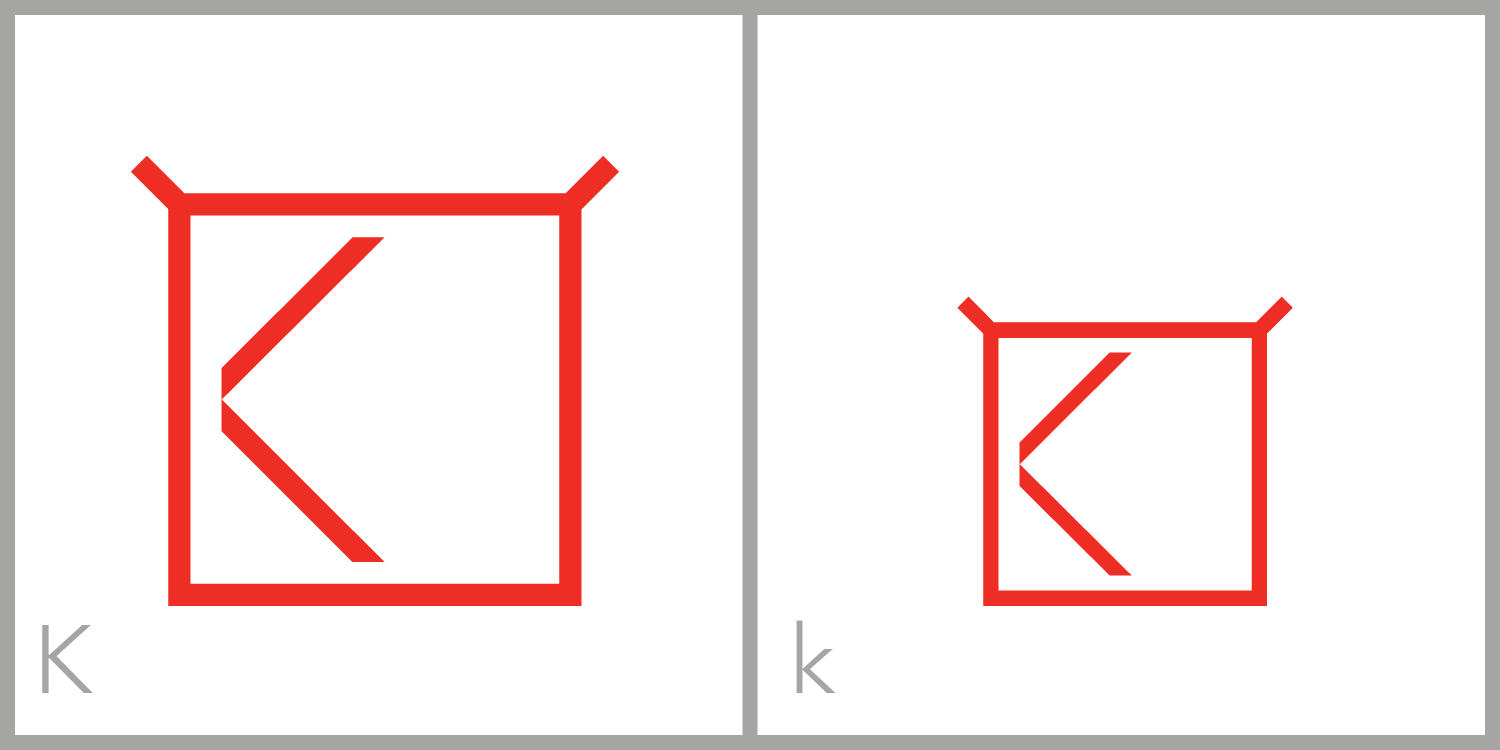
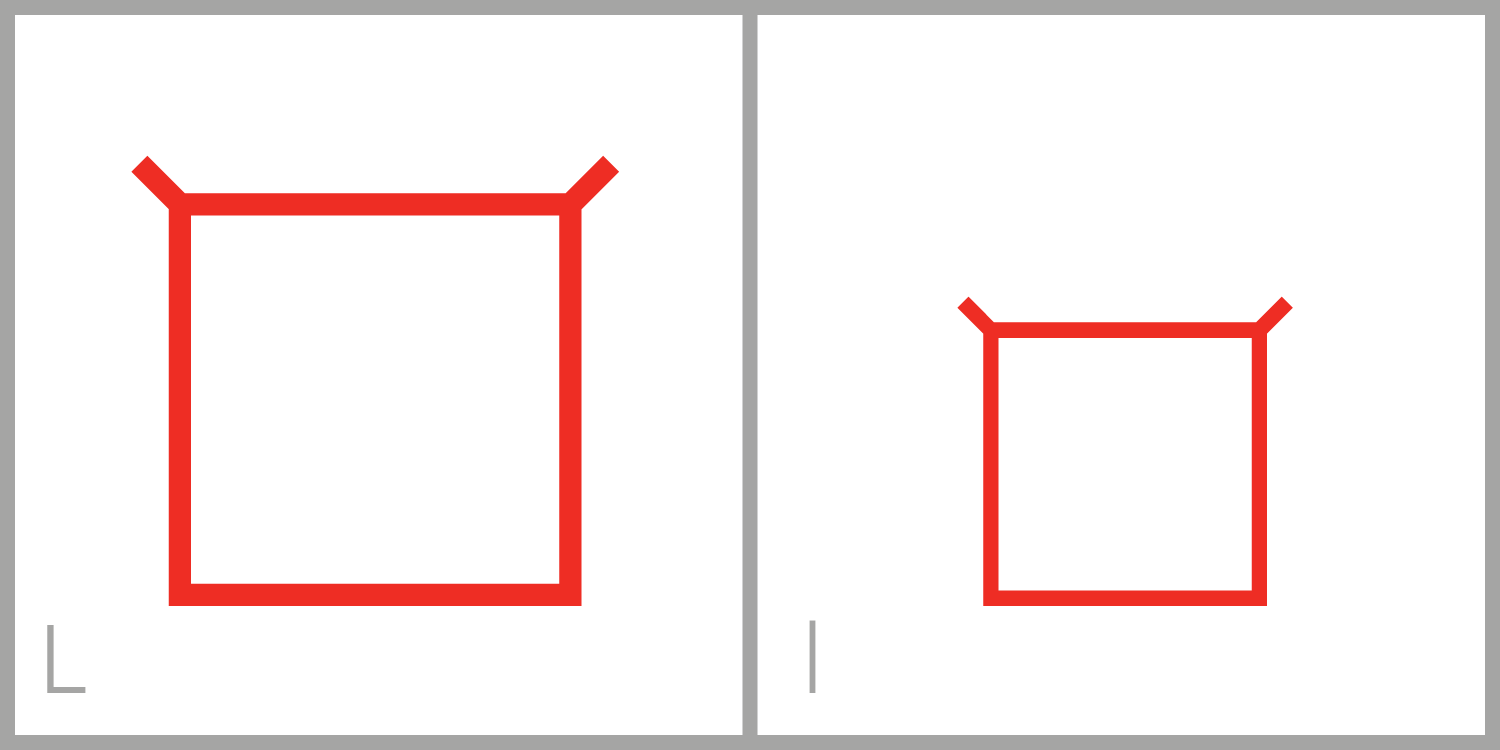
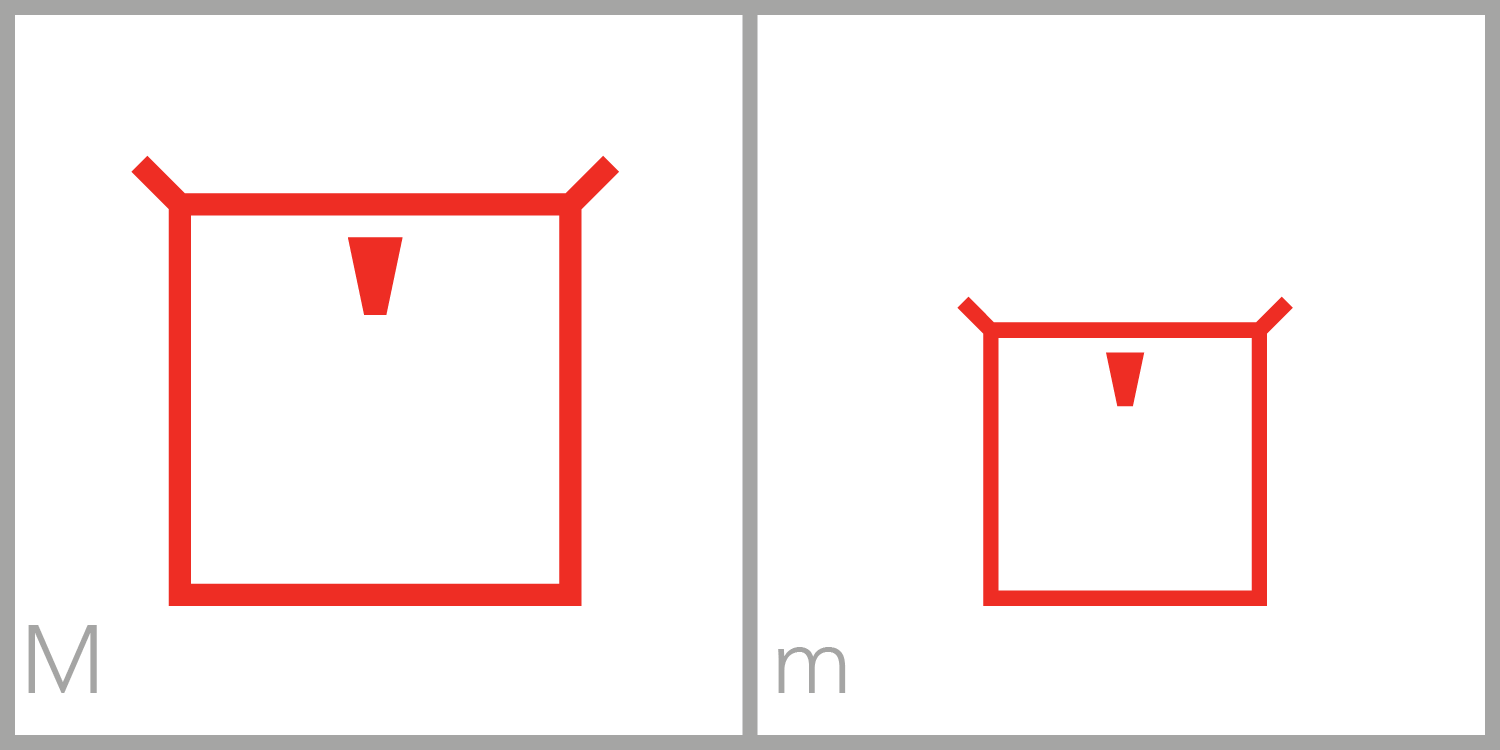
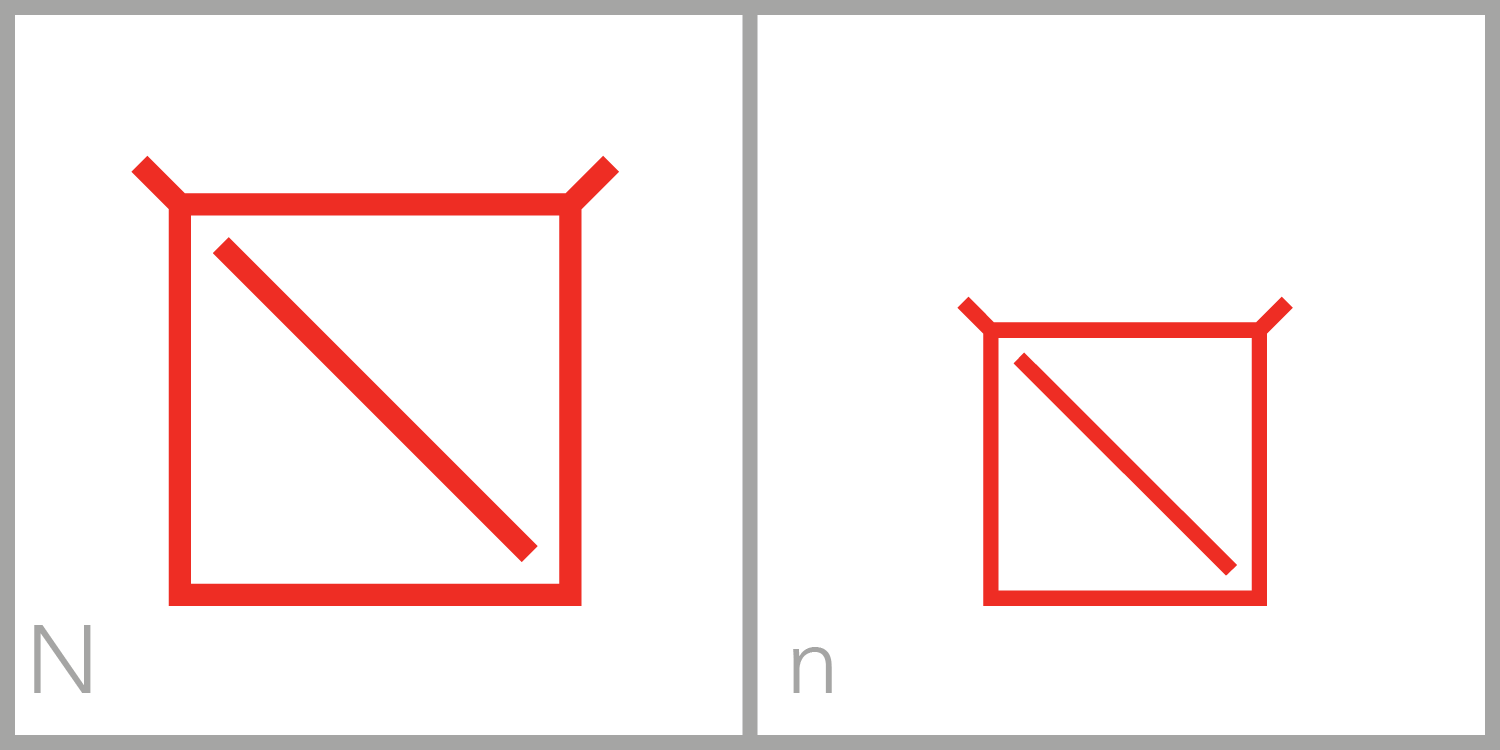
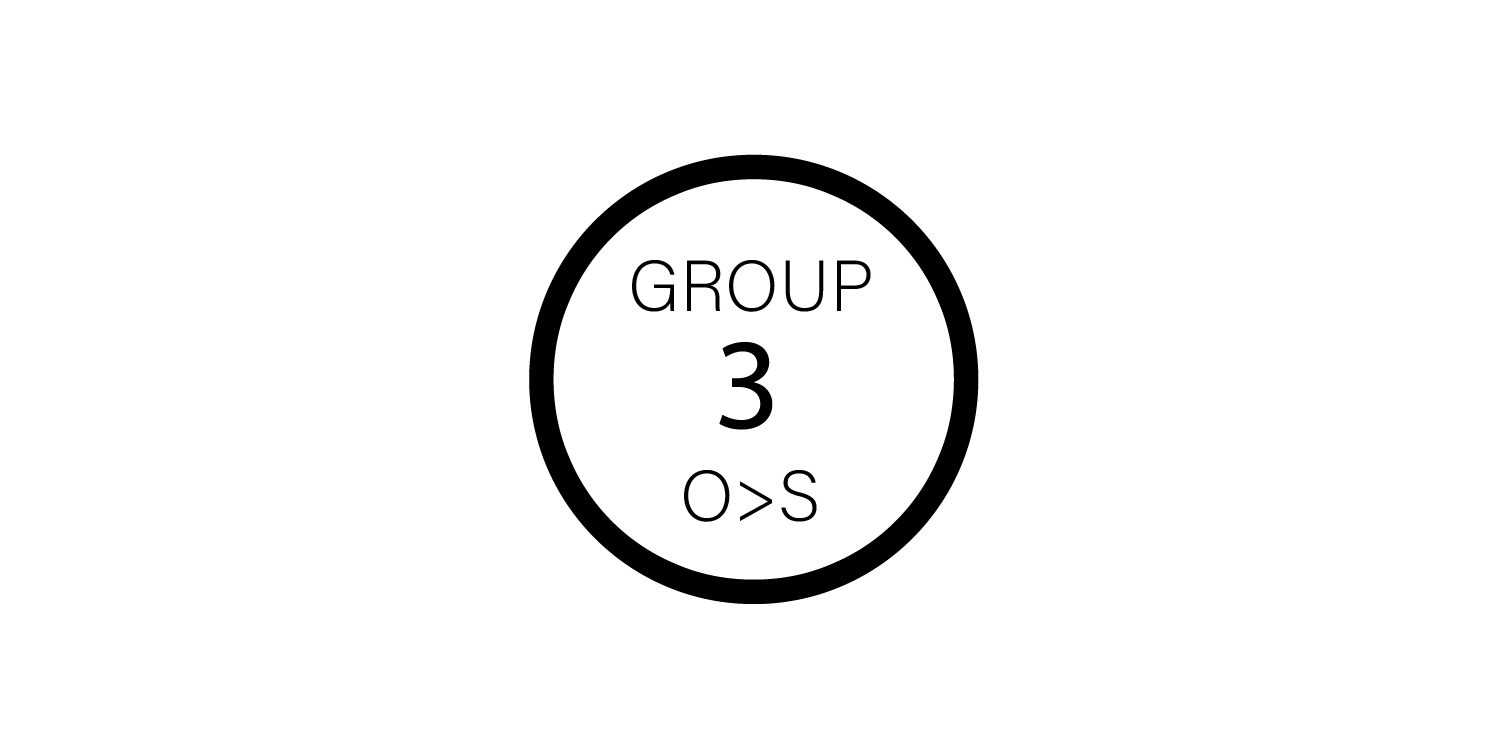
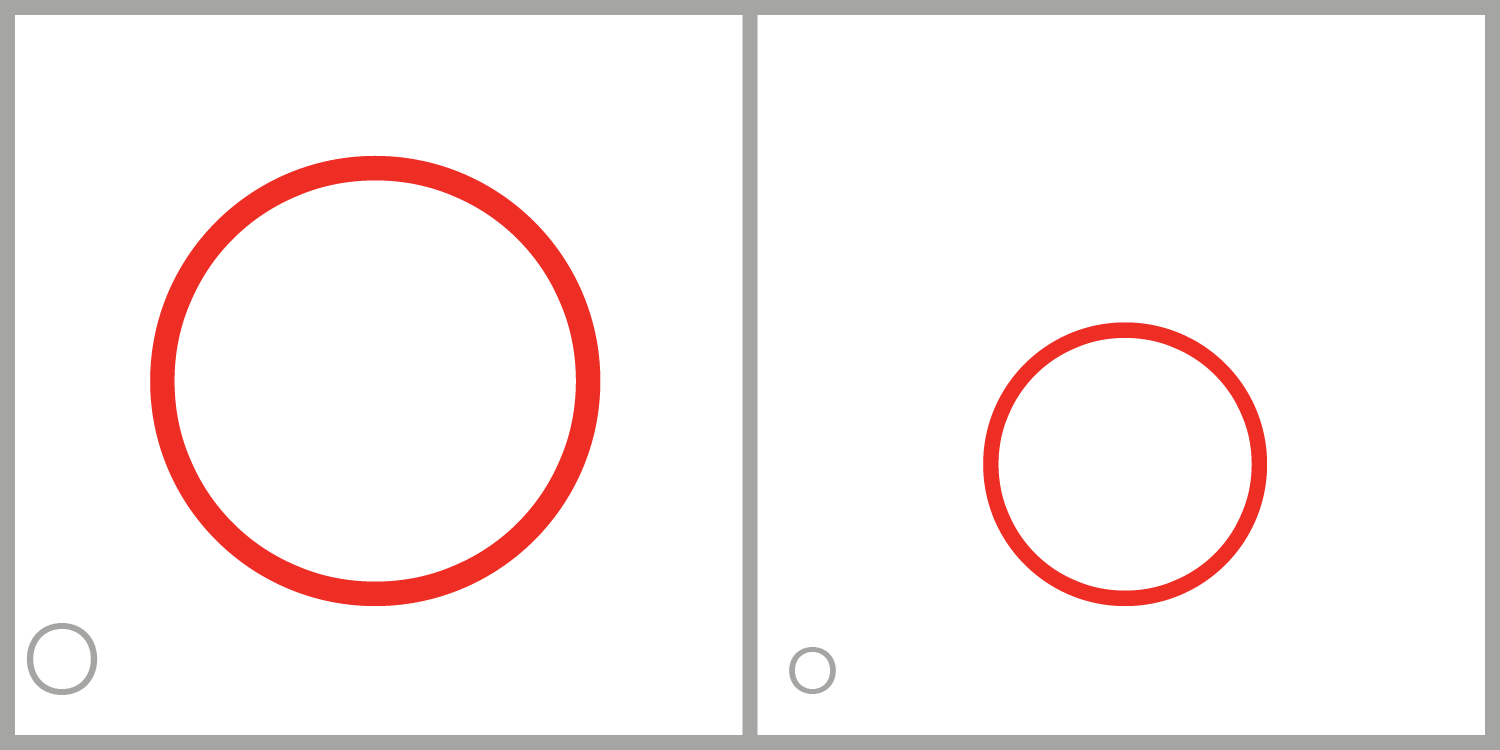
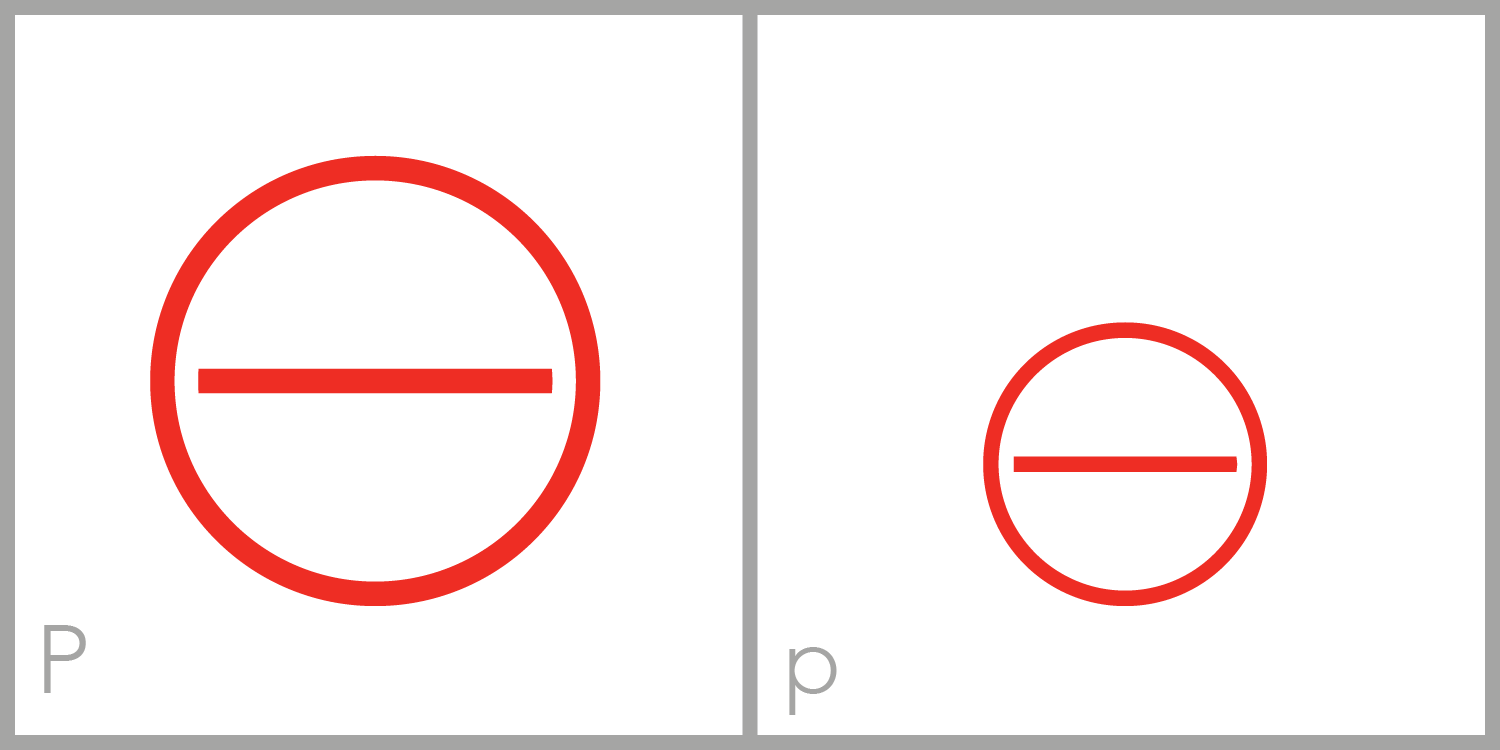
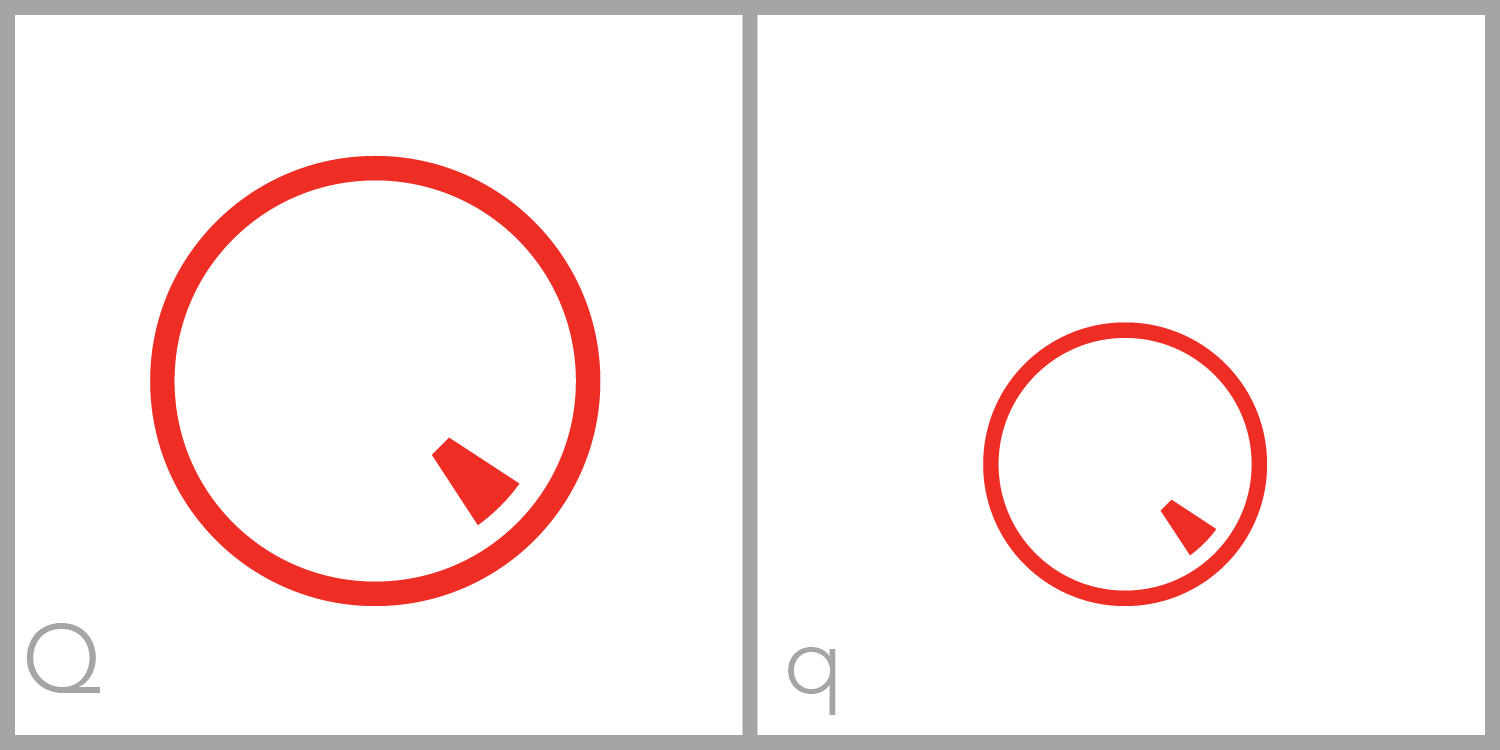
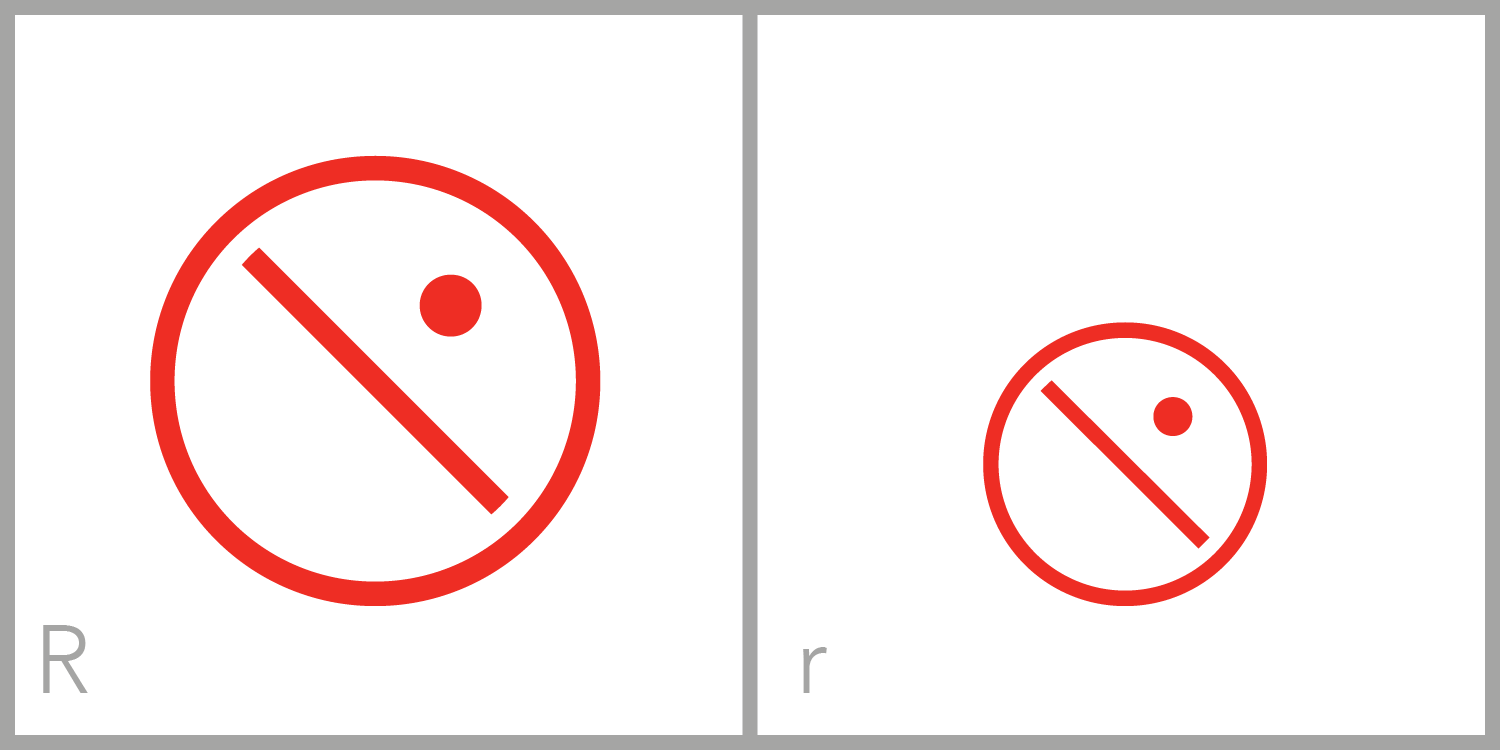
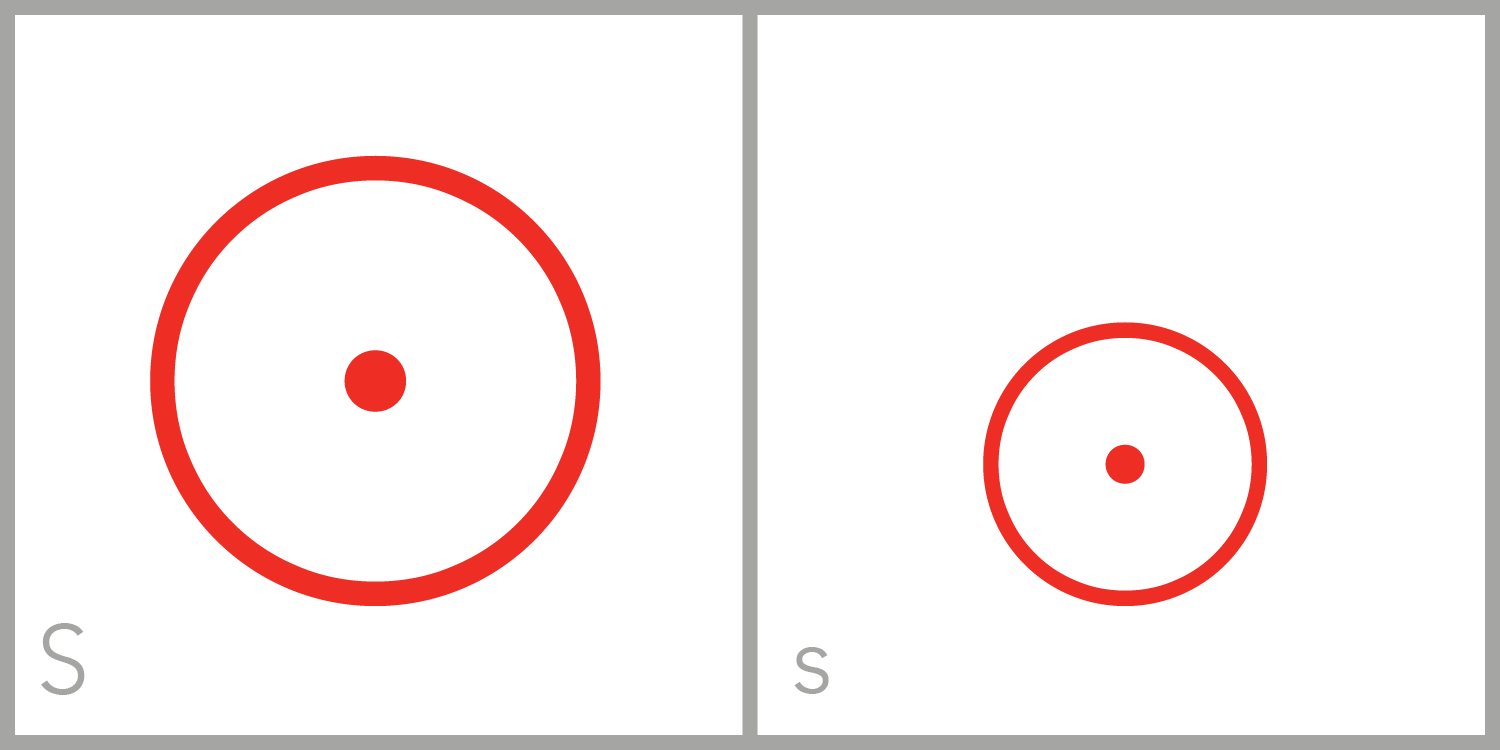
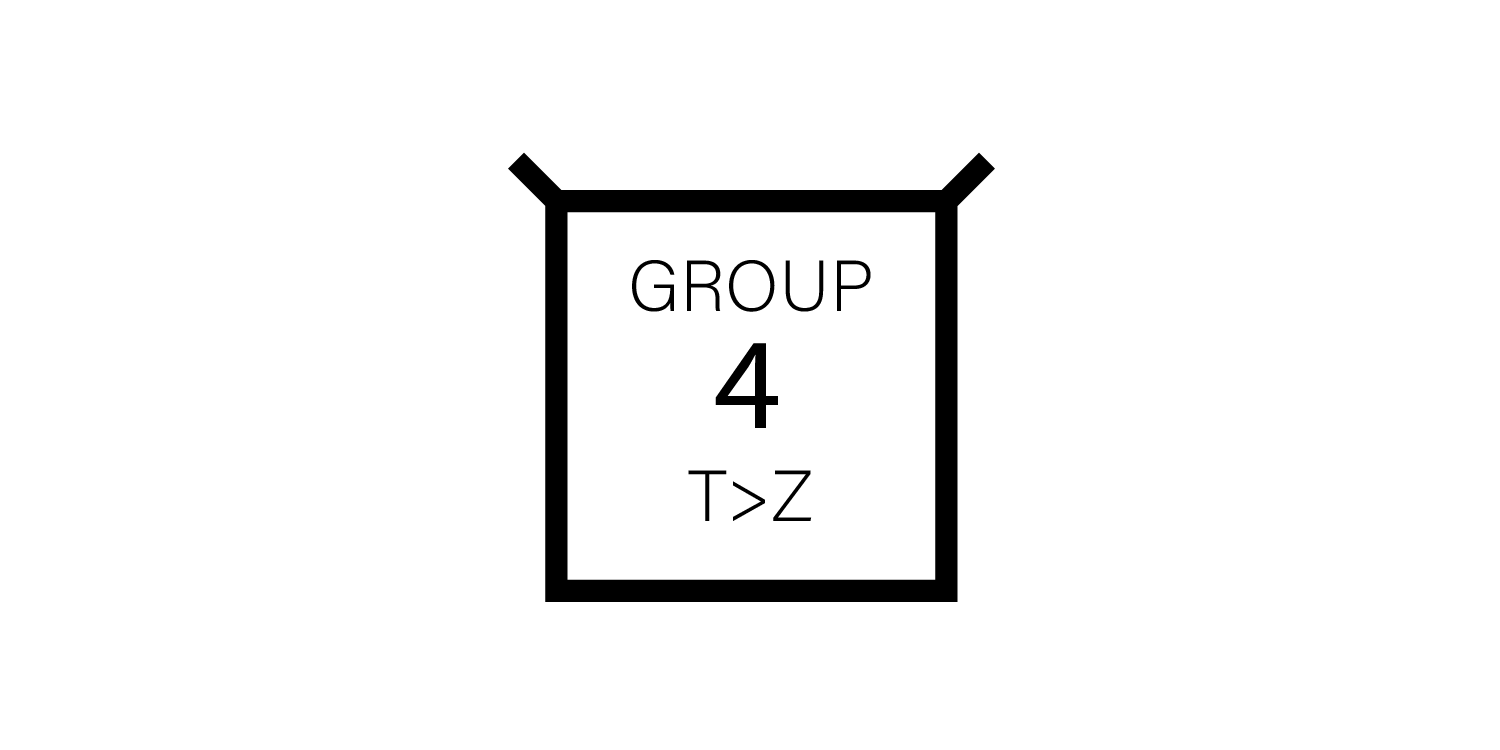
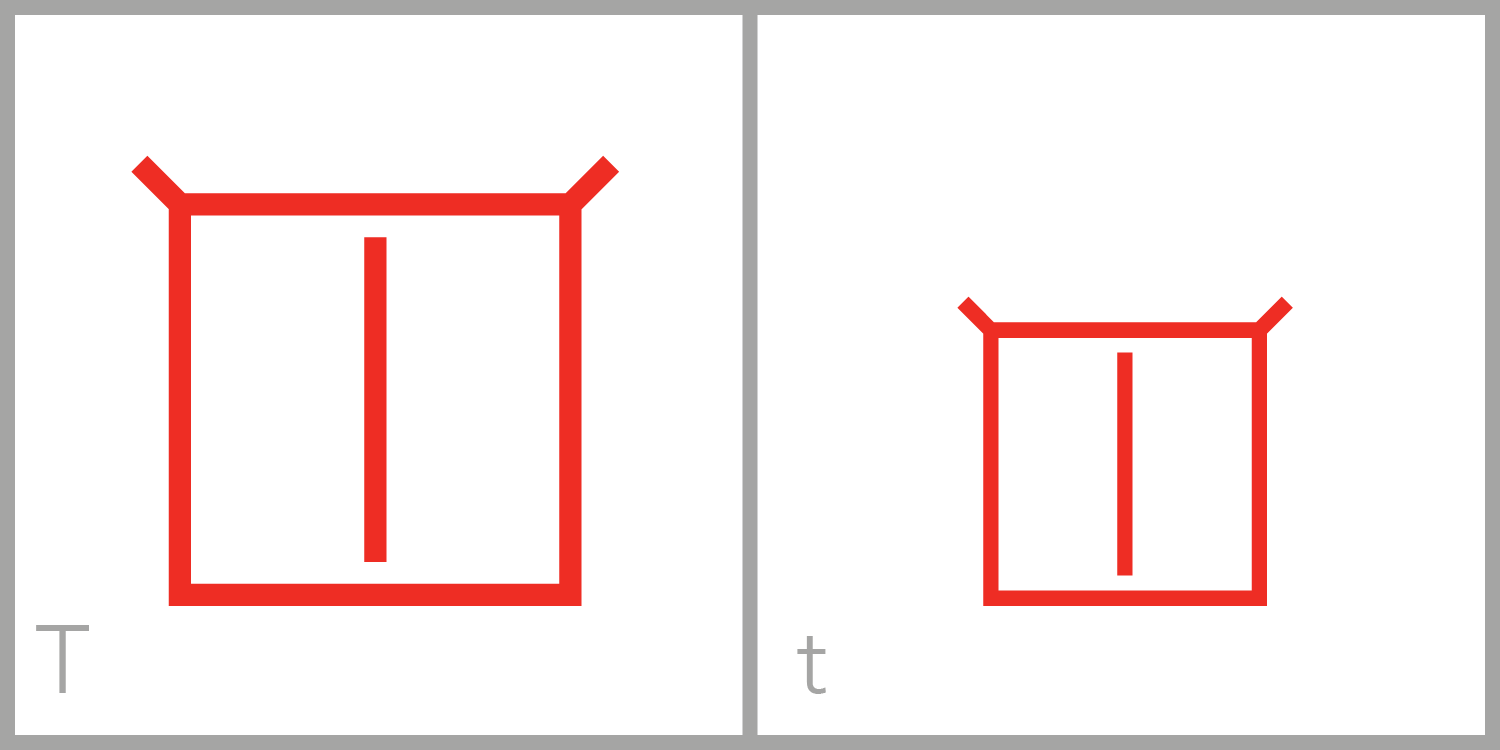
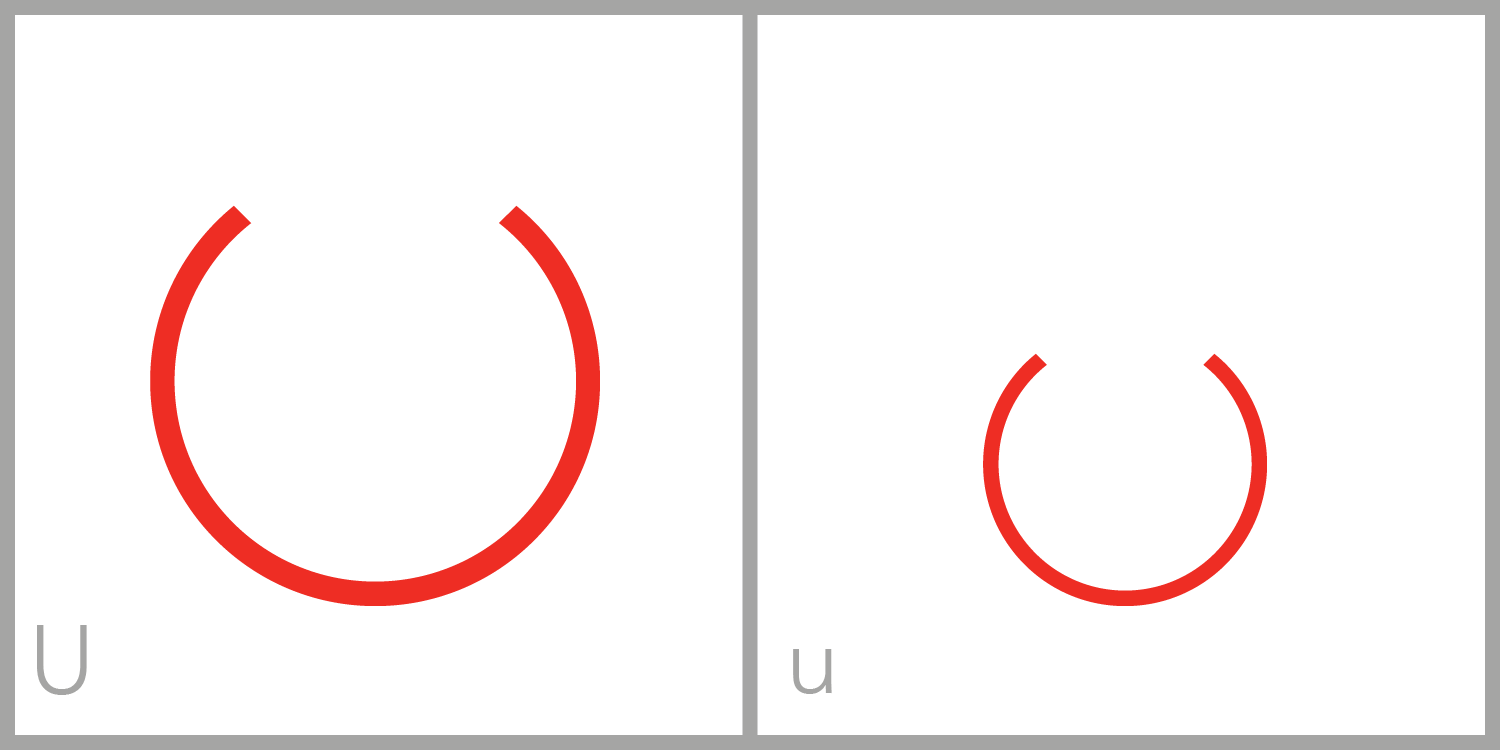
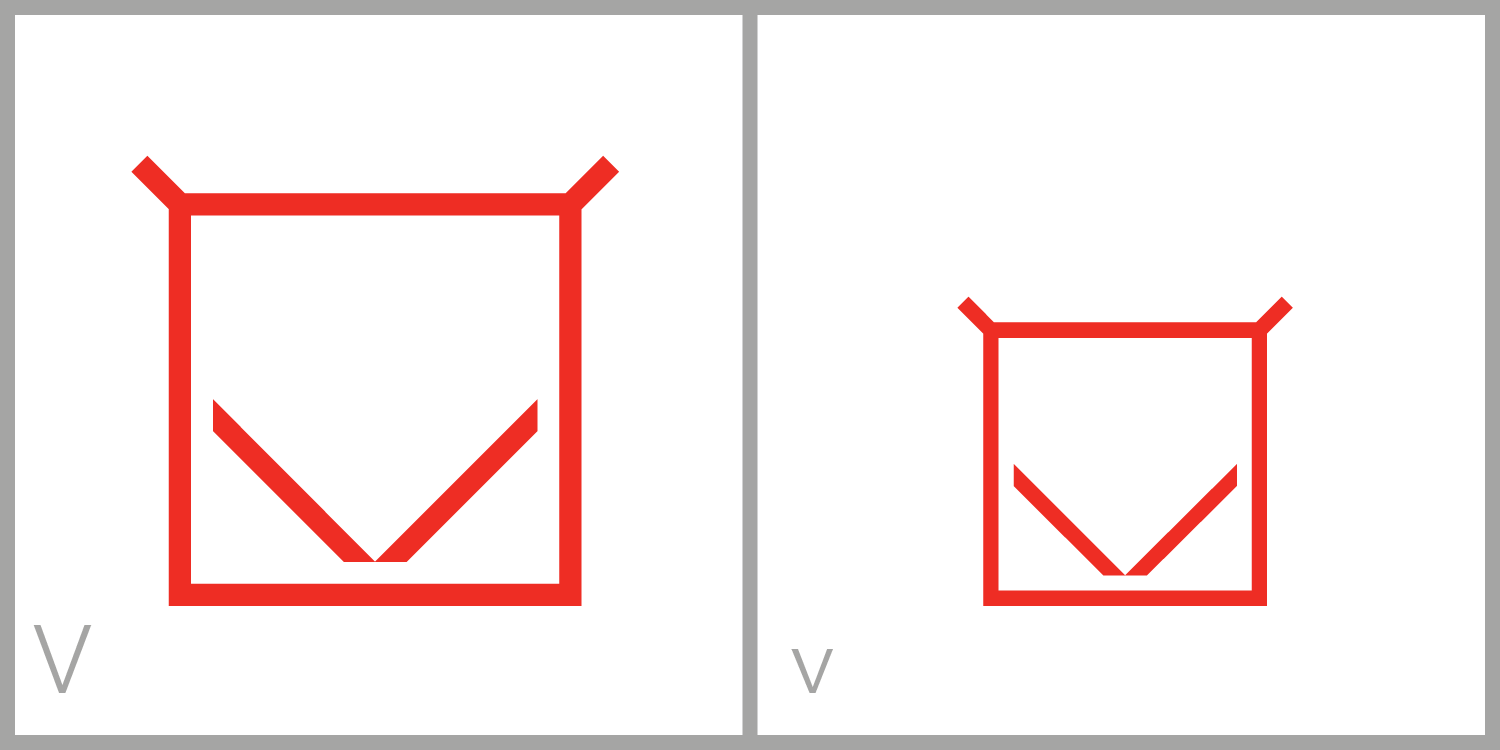

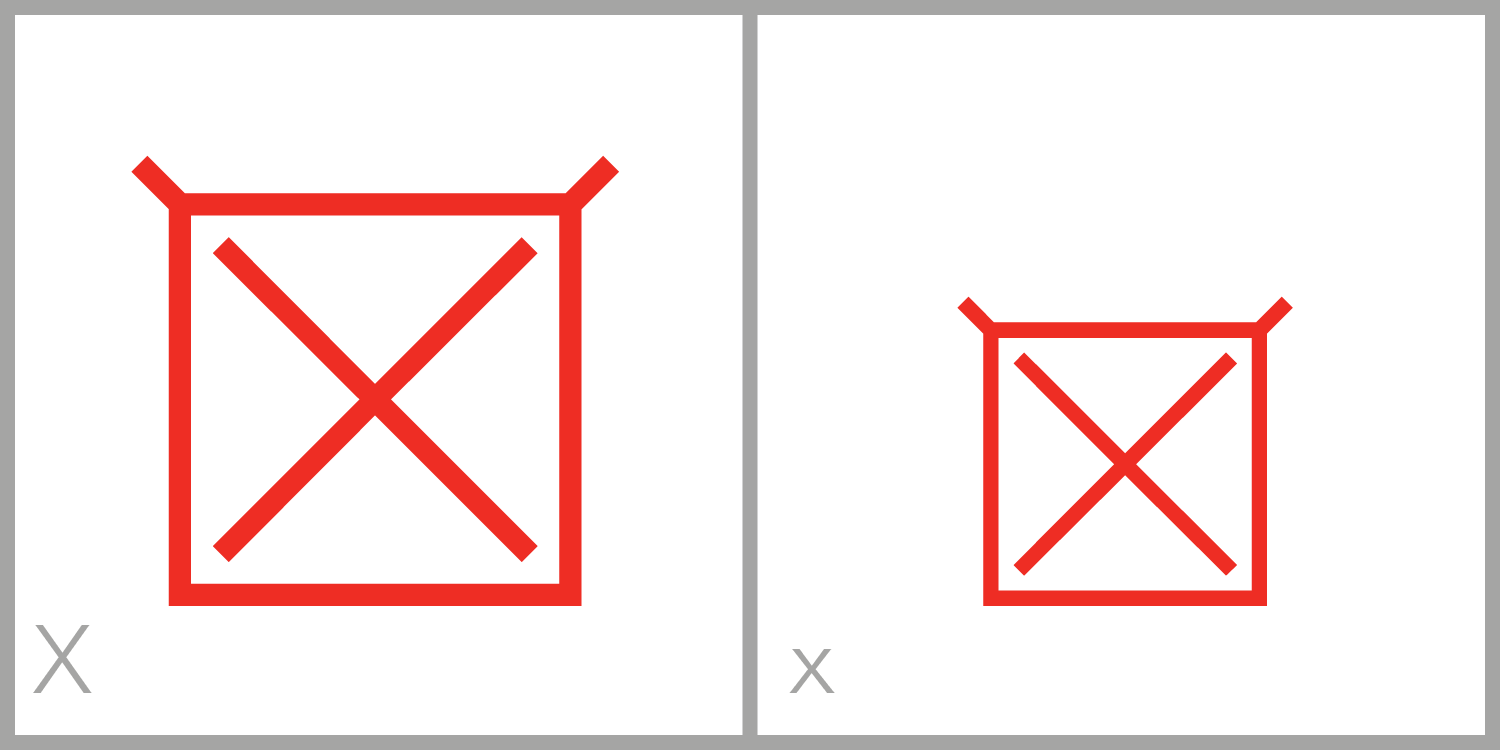
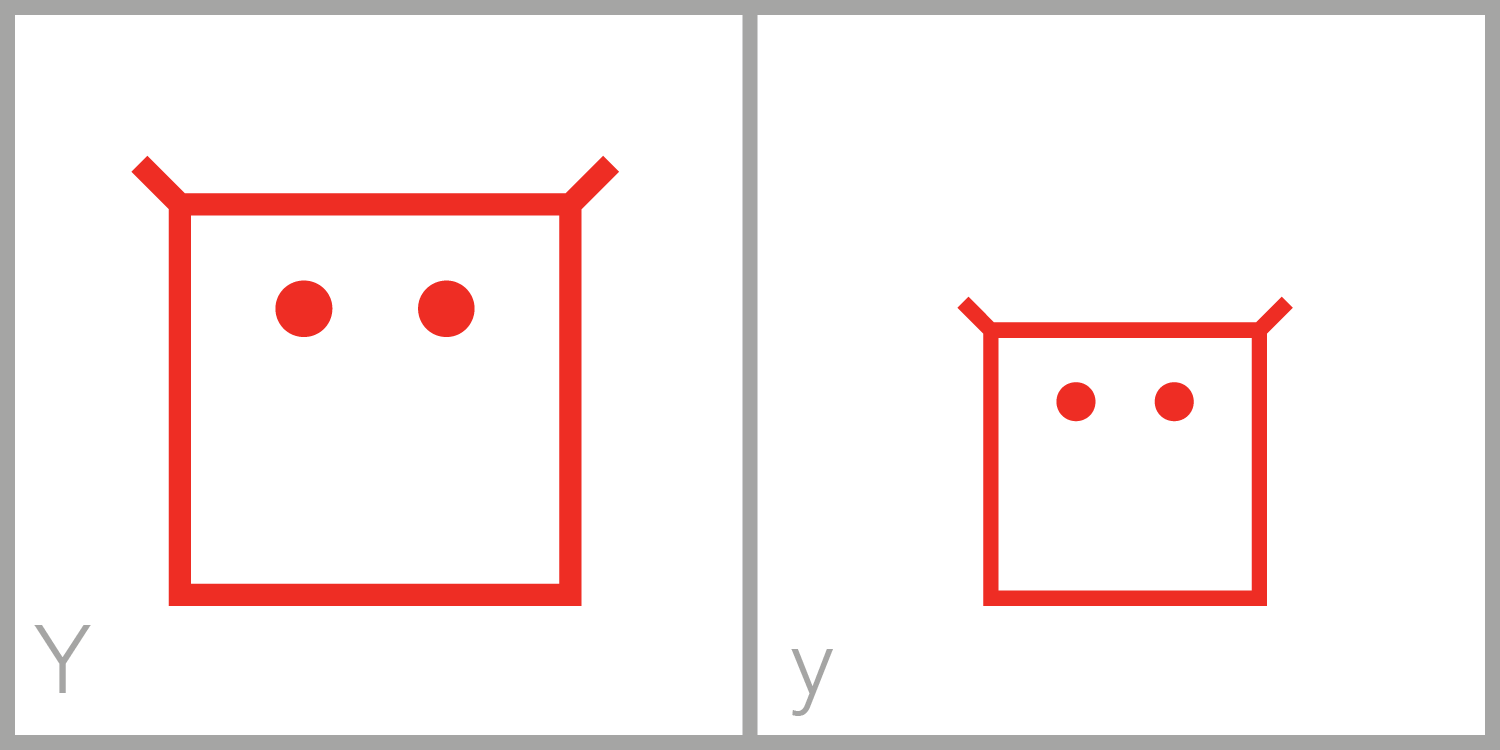

Counting with ELIA Frames™
The ELIA Frames ™ Numbers all have a frame that is circular on top and square on the bottom. There is a barb at the top and two on the corners of the bottom. The barbs help readers differentiate the number frame from a circular or square frame when they start to explore it - because readers often do a quick feel to see if the frame is a circular or square form and with the barbs, with the barbs they can’t make it even halfway around in either direction without recognizing the frame is for a number.
“The key to increasing literacy amongst people who have a visual impairment is increasing the rate at which a tactile language can be absorbed. It can take 12 months to learn the braille alphabet well enough to recognize common household words. ELIA FRAMES can be learned and applied in as little as 2 to 3 hours.”
What are the implications of ELIA FRAMES?
Because ELIA FRAMES is easy to learn, it will be less expensive and require less time to teach. Consider that an estimated 90% of the world’s visually impaired population live in low-income settings (Reference 1). ELIA FRAMES could create more opportunities for this population to gain fuller education, employment, and independence, with fewer resources.
What about audio and text-to-speech technology?
A common question is about the use of audio learning and text-to-speech technology: “Can’t that replace the need for a tactile reading system?” The National Federation of the Blind rightly put it: “Literacy is the ability to read and write. While using speech output and recorded books is a way for students to gain information, it does not teach them reading and writing skills. Students who rely solely on listening as a means of learning find themselves deficient in areas like spelling and composition.”
References
Latin Script. (n.d.). In Wikipedia. Retrieved May, 2015, from http://en.wikipedia.org/wiki/Latin_script.
World Health Organization, 2014. Visual impairment and blindness [Fact Sheet No. 282]. Retrieved from www.who.int/mediacentre/factsheets/fs282/en/
Nemeth, A. (1988), Braille: The Agony and the Ecstasy, The Braille Monitor, 324-328.
Group 1
The first group of letters with circular frames is A through D. Each of these letters has a frame with an opening somewhere in it. This is a distinguishing characteristic of letters A through D.
Aa
A is a circular letter with a horizontal line across the middle and an opening at the bottom of the circular frame. So, it looks like a standard capital letter A, only its outside is round instead of peaked. You could think of the outside shape of the letter A as very similar to the letter C, only the C is rotated so that its opening is facing downward. The line in the middle extends from the right side of the frame to the left side of the frame.
Bb
B is a circular letter. There are two dots in its interior and an opening on the right side of the frame. The two dots are reminiscent of the two round parts of the capital letter B.
Cc
C is a circular letter with an opening in the frame on the right side, so it feels like the letter C. It is like the letter B. However, it is empty in the middle, so if you feel a circular letter with an opening on the right side and an open interior, you will know it is the letter C. The C has a small barb at the top part of the frame’s opening, and this helps emphasize the opening in the letter. Without it, the opening would feel less pronounced. And the C would be less distinct from the other letters.
Dd
D has a circular frame with an opening in the left portion of its frame and a vertical line extending from the top of the frame to the bottom. You can trace the Roman capital letter D in this symbol by using the vertical line and the right portion of the circular frame. It is the only ELIA letter with an opening in the left portion of the frame.
Group 2
The second group of letters, E through N, have square frames. They are the first group of letters with square frames. The letters T through Z also have square frames.
Ee
E has a square frame with an interior horizontal line extending from the middle of the left side of its frame to the middle of the right side of its frame. You can trace the Roman capital letter E in this symbol by incorporating the top, left, and bottom sides of the frame along with the inside horizontal line.
Ff
F is similar to E in that it has a square frame with a horizontal line in its interior; however, the interior line in F is in the top half of its frame, instead of in the middle of the frame as it is in the letter E. This is similar to the Roman capital letter F, which has the majority of its mass in the upper portion of the letter, while the capital E has its mass evenly spaced between the top and bottom. You can trace the Roman capital letter F in this symbol by incorporating the top and left sides of the frame along with the inside horizontal line.
Gg
G has a square frame and a small barb, or tail, inside the middle of the right side of its frame. You can trace the Roman capital letter G in this symbol by finding the barb, tracing down the right side of the frame, across the bottom of the frame, up the left side of the frame, and across the top of the frame from the left corner to the right.
Hh
H is very similar to the E and F in that it has a square frame with a horizontal line in its interior; however, the interior line in the H is in the bottom half of its frame, instead of the middle of its frame as it is in the letter E, or the top half of its frame as it is in the letter F. This is similar to the Roman lowercase h, which has the majority of its mass in the lower portion of the letter.
Ii
I has a square frame with a dot in the middle of it, similar to the Roman lowercase i, which has a dot as the top part of the letter.
Jj
J has a square frame and has a small barb, or tail, on the inside of the left-hand side of the frame. To trace the capital letter J in this symbol, find the barb, trace down the left-hand side of the frame across the bottom of the frame, up the right-hand side of the frame, and then trace from the upper right-hand corner across the frame to the left. The letter J is the mirror image of the letter G.
Kk
K has a square frame and has two legs inside extending from the middle of the left-hand side of the frame to the middle of the bottom and top of the frame. To trace the capital letter K in this symbol, use the left-hand side of the frame and the two interior lines to form a Roman letter K. Most people find it easiest to identify the K by the shape of the open space inside. Mainly, a reader’s finger feels open space on the right side of the frame but cannot feel the bottom or top left-hand corners, because of the K’s lines.
Ll
L has a square frame that is empty. You can trace the Roman capital letter L using the left vertical side and the bottom horizontal side of the frame.
Mm
M has a square frame and has a small barb, or tail, inside the middle of the top side of its frame. You can trace the Roman capital letter M in this symbol by tracing from the bottom left corner of the frame to the top, across to the barb, down and up the barb, across to the right corner, and down the right side of the frame to the bottom. The letter M is similar to the letters G and J; they each have a barb on the inside of the frame.
Nn
N has a square frame with a diagonal line extending from the upper left corner of its frame to the bottom right corner of its frame. You can trace the Roman capital letter N in this symbol by incorporating the left and right sides of the frame with the inside diagonal line.
Group 3
The second group of letters with circular frames is O through S. All of these letters have a closed circular frame.
Oo
O is a circular letter and is the same as a Roman capital letter O.
Pp
P has a circular frame and a single horizontal line across its middle (versus the letter B which has two lines and an opening on the right side of its frame.)
Q is a circular letter with a barb, or tail, in the lower right portion of its circular frame, much like a Roman capital letter Q.
Rr
R has a circular frame. Its major feature is taken from the bottom part of the Roman capital letter R, and is a diagonal line extending from the upper left portion to the lower right portion of its frame. It also has a small dot in the upper right portion of its interior.
Ss
S has a circular frame with a dot in the middle of it. S is similar to I in its interior, but S has a circular frame and I has a square frame.
Group 4
The second group of letters with square frames is T through Z. In all of these symbols, except for the Y, you can trace the Roman capital letter somewhere in the symbol.
Tt
T has a square frame with a vertical line extending from the middle of the top of its frame to the middle of the bottom of its frame. You can trace the Roman capital letter T in this symbol by incorporating the top part of the frame along with the inside vertical line.
Uu
U is a circular frame with an opening at the top. It’s quite lovely. The finger fits nicely in the middle of it!
Vv
V has a square frame in which two diagonal lines extend from the middle of the bottom of its frame to the middle of the right and left sides of its frame. You can trace the Roman capital letter V in this symbol by using the diagonal lines.
Ww
W has a square frame and has a small barb, or tail, inside the middle of the bottom part of the frame. You can trace the Roman capital letter W in this symbol by tracing from the top left corner to the bottom of the frame, across to the barb, up and down the barb, across to the right corner, and up the right side of the frame to the top. The letter W is similar to the letters M, G, and J; they each have a barb on the inside of their square frame.
Xx
X has a square frame with two diagonal lines inside the frame, each extending from one corner of the top of its frame to the opposite bottom corner, like a Roman letter X.
Yy
Y has a square frame with two dots inside. One of the dots is in the top left corner; the other dot is in the top right corner.
Zz
Z has a square frame with a diagonal line extending from the top right corner of its frame to the bottom left corner of its frame. You can trace the Roman capital letter Z in this symbol by incorporating the top and bottom parts of the frame and the inside diagonal line.
Numbers 0 -10
0
Zero is an empty frame.
1
One has a small barb or tail on the top of the frame. A number one can be traced using the barb and the right side of the frame.
2
The two has two dots inside.
3
The three has a barb on the right side of the frame. It looks like a three and the barb is located where the three would be on the clock.
4
The four has one vertical line. The top part of the number 4 can be traced using the interior line and the left portion of the frame.
5
The number 5 has a horizontal line extending from the left side of the frame to the right side. The number 5 can be traced in this symbol and the line is positioned halfway between the top and bottom of the frame, as 5 is halfway to ten.
6
The number 6 has a barb in the bottom of the frame, right where one would find the number 6 on a clock.
7
The number seven has a diagonal line extending from the bottom left corner up to the top right portion of the frame. The number 7 can be traced in this symbol using the line and the left top part of the frame.
8
The number 8 has a diagonal line on the inside and the number 8 can be traced using the diagonal line and the outside frame.
9
The number 9 has a barb where one would find the number 9 on the clock.
10
Single numbers can be placed together to create larger ones as with regular numerals.
